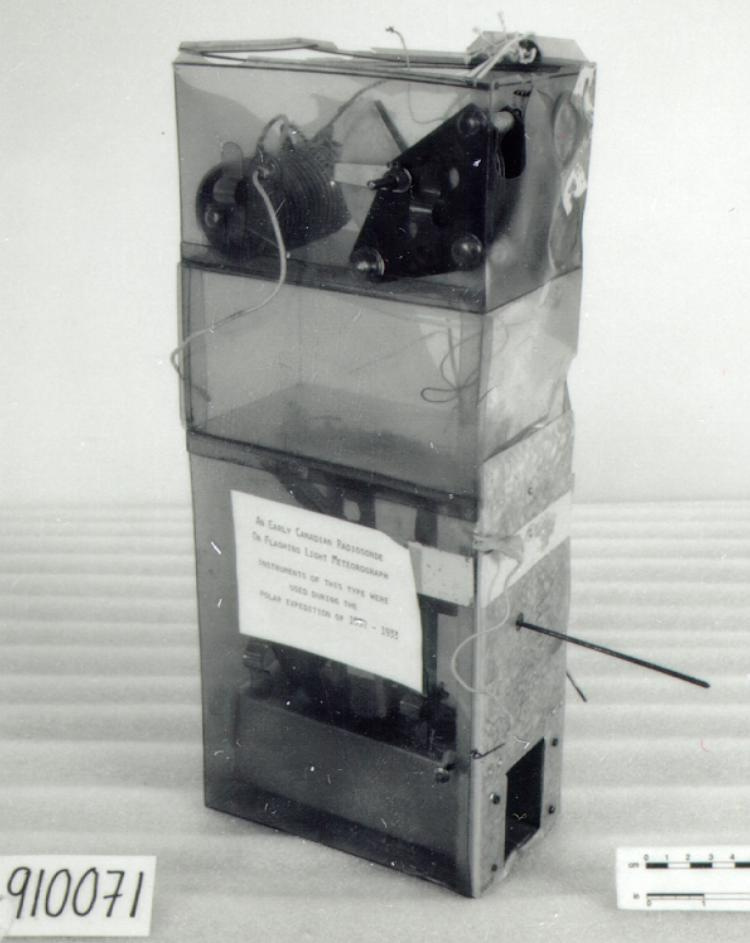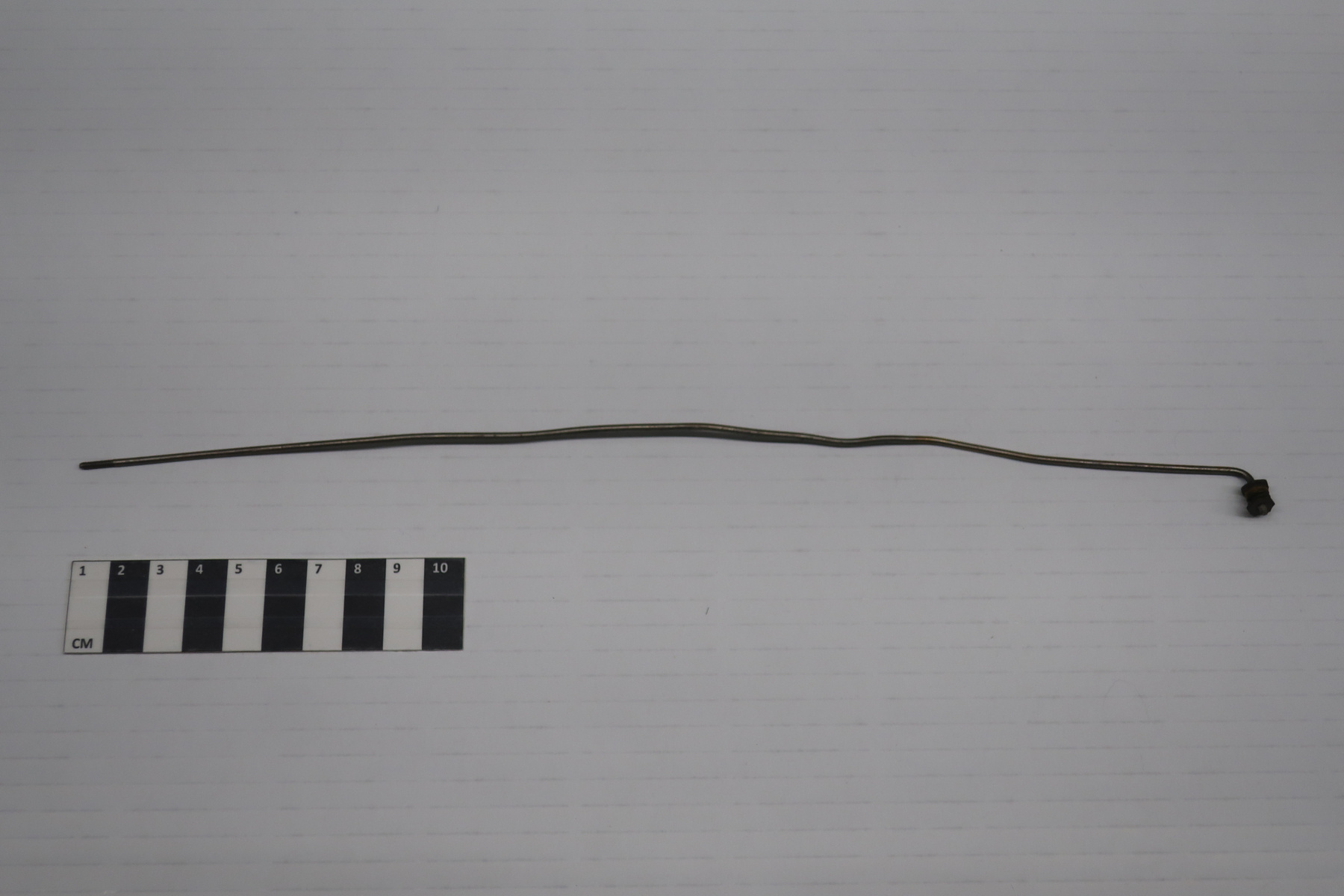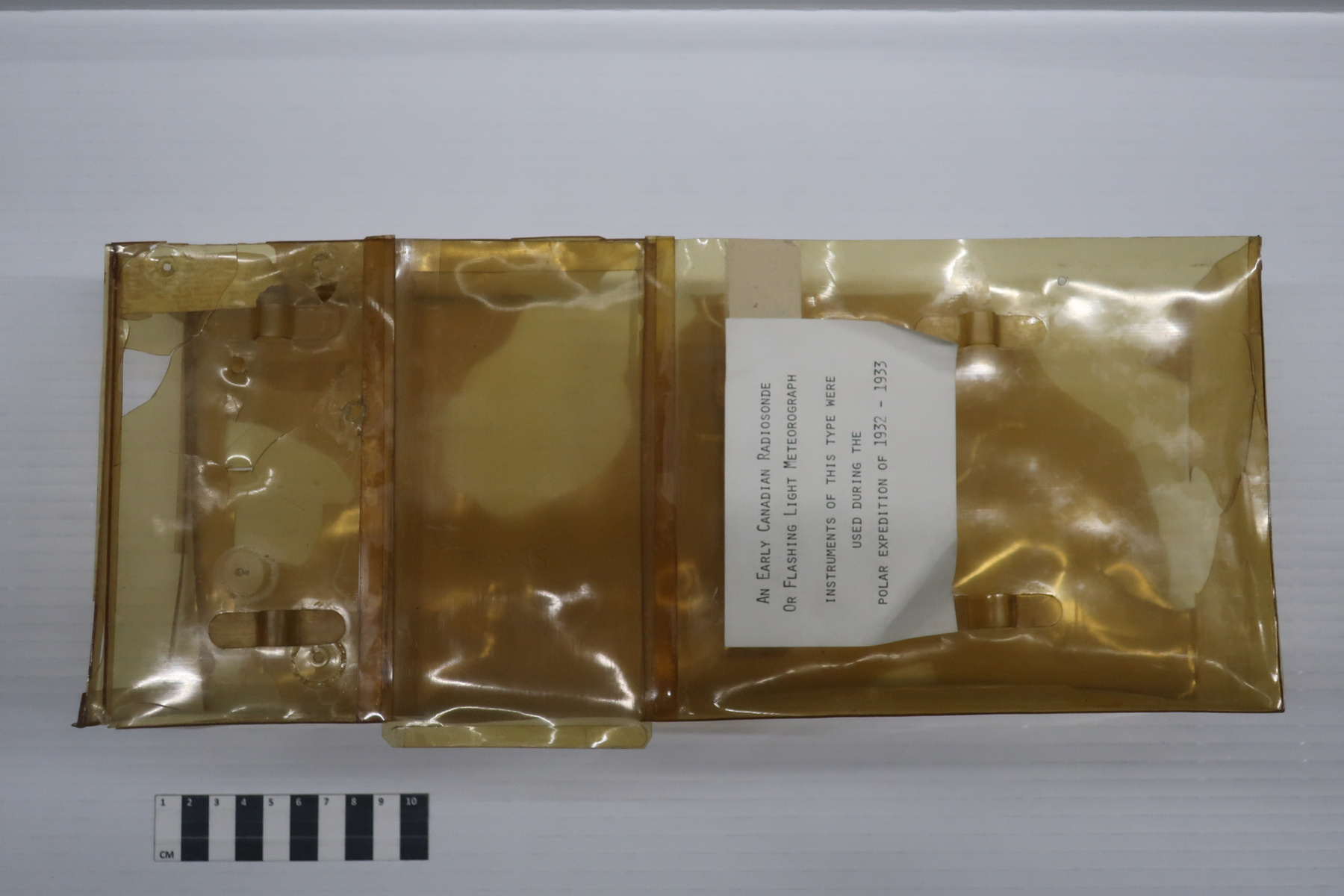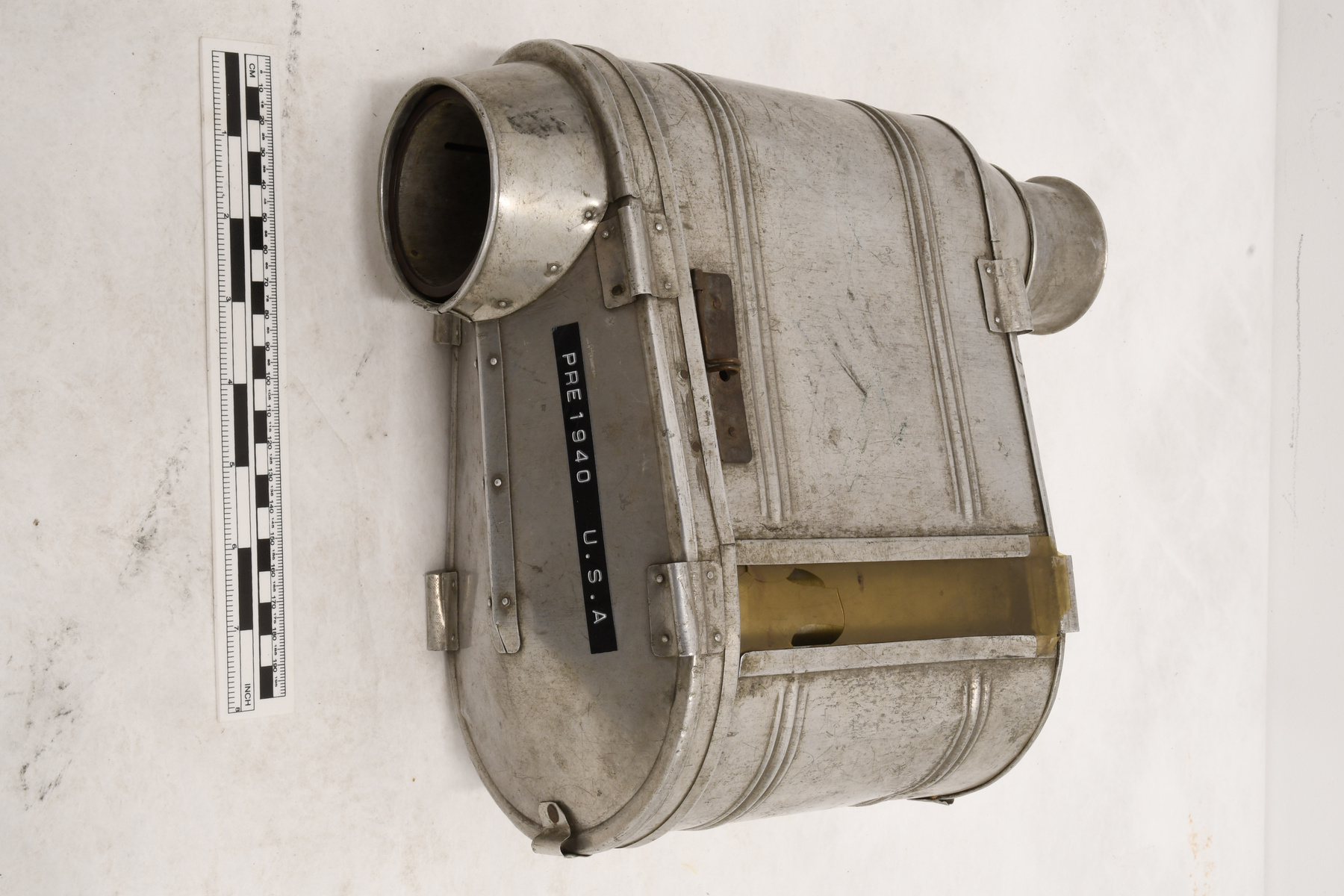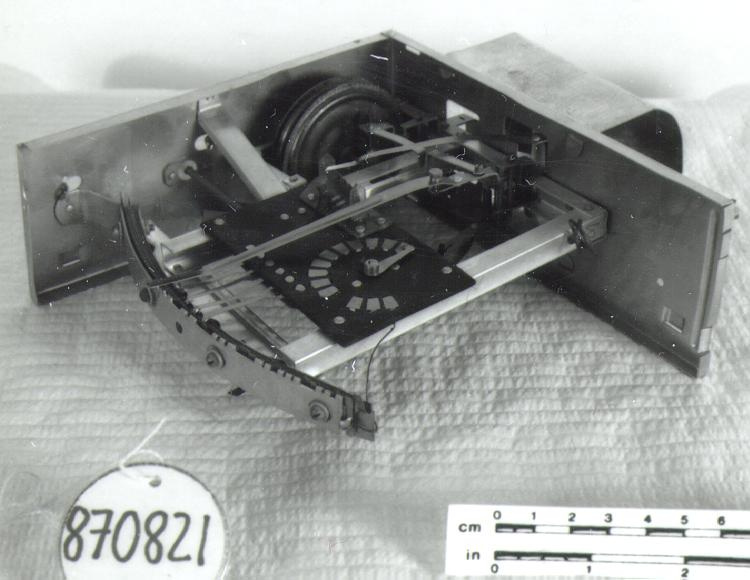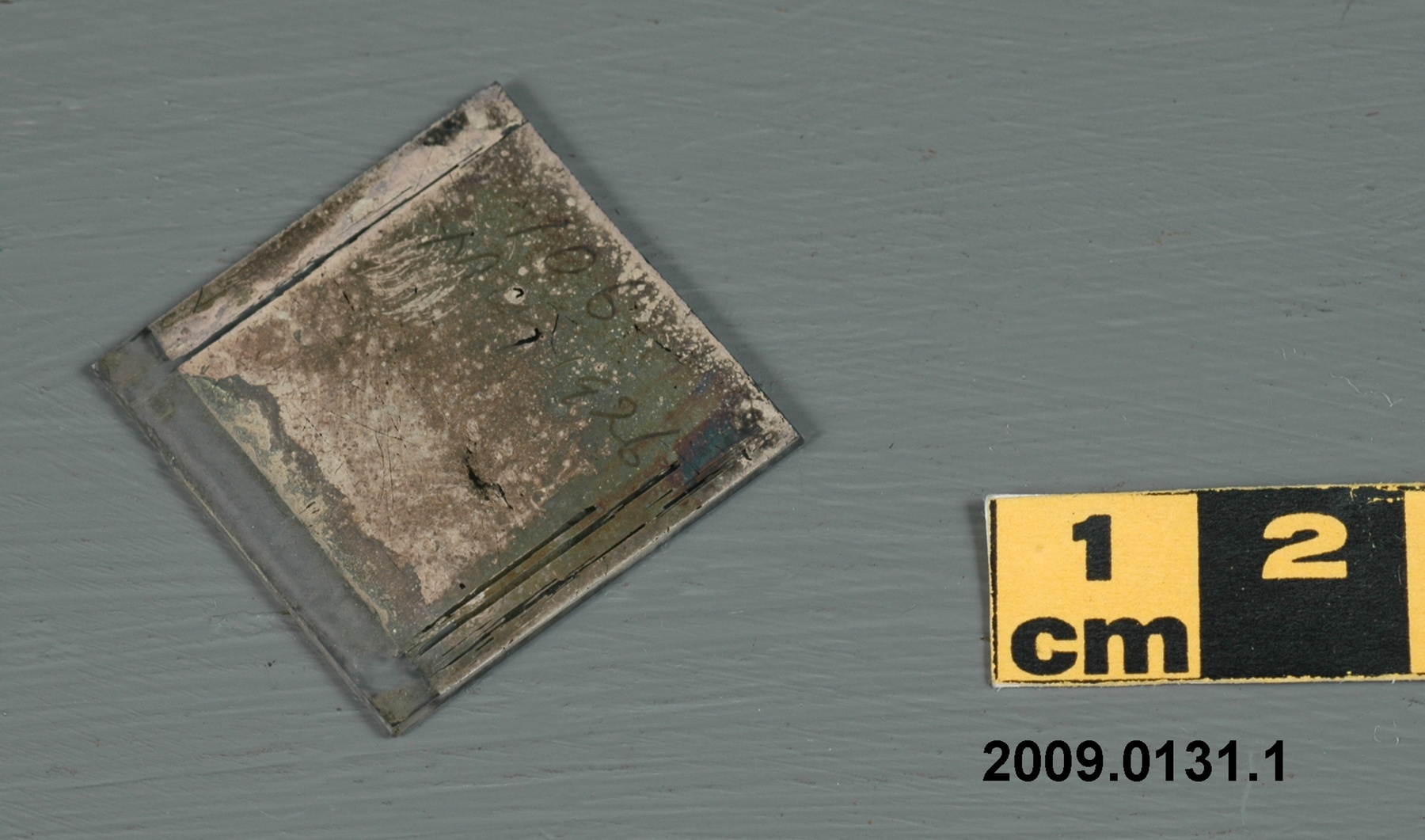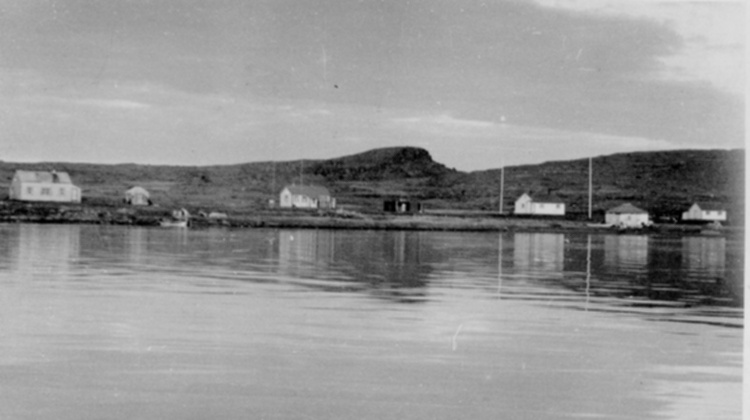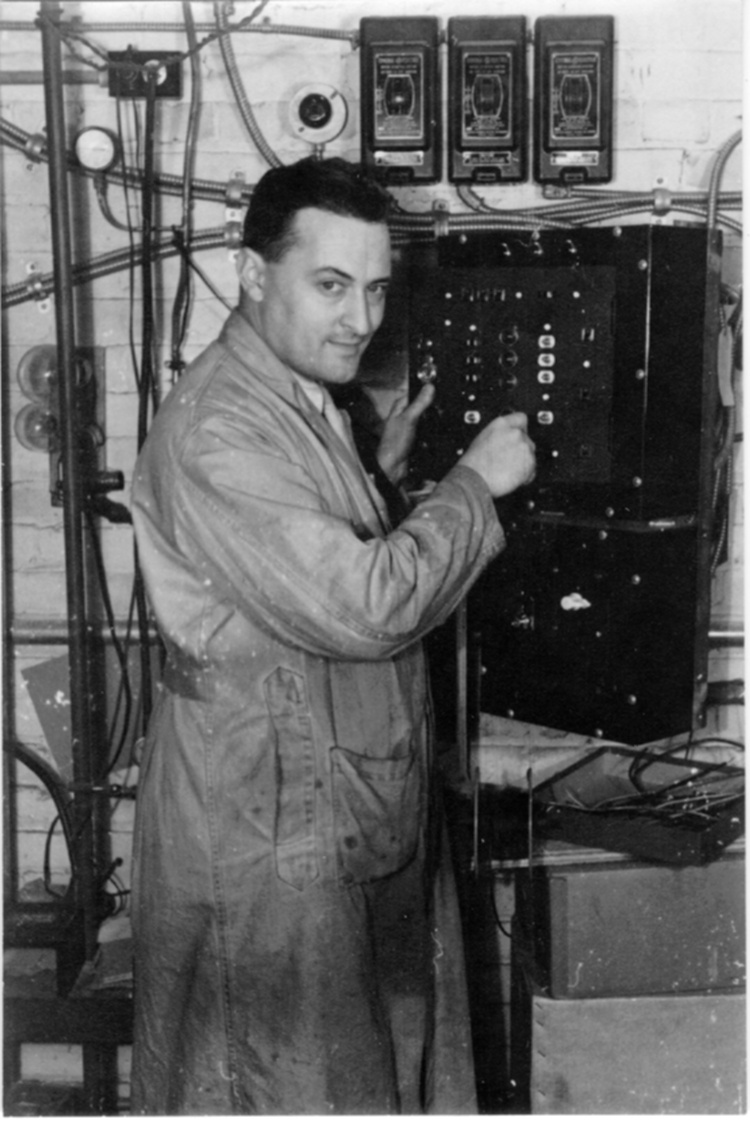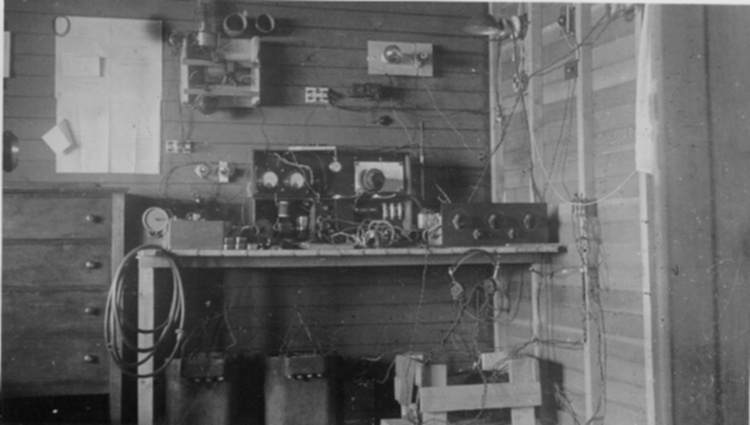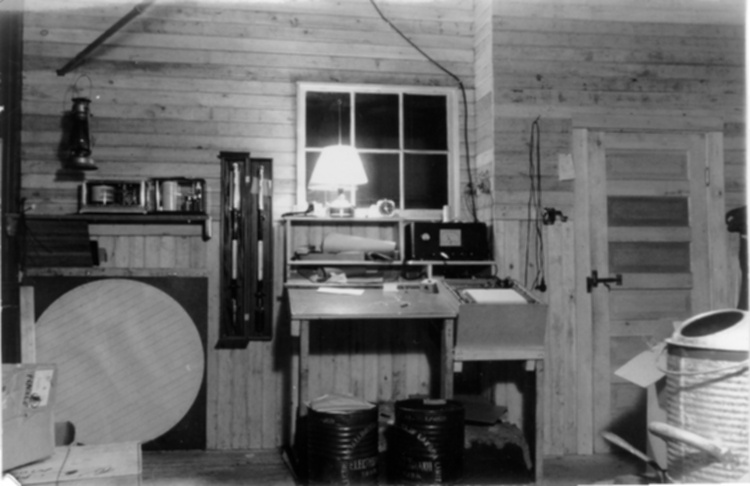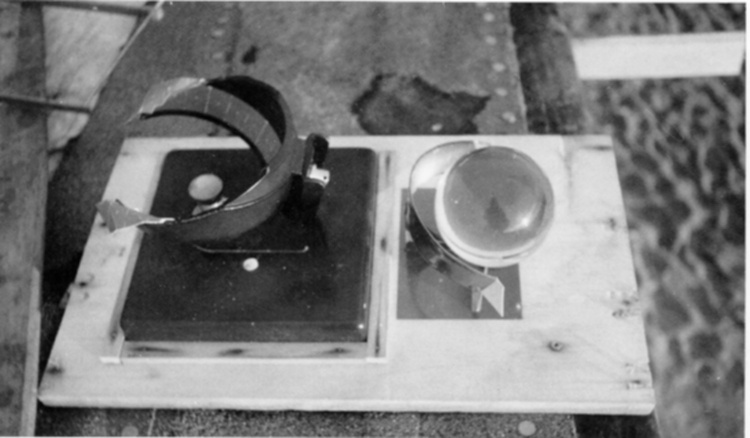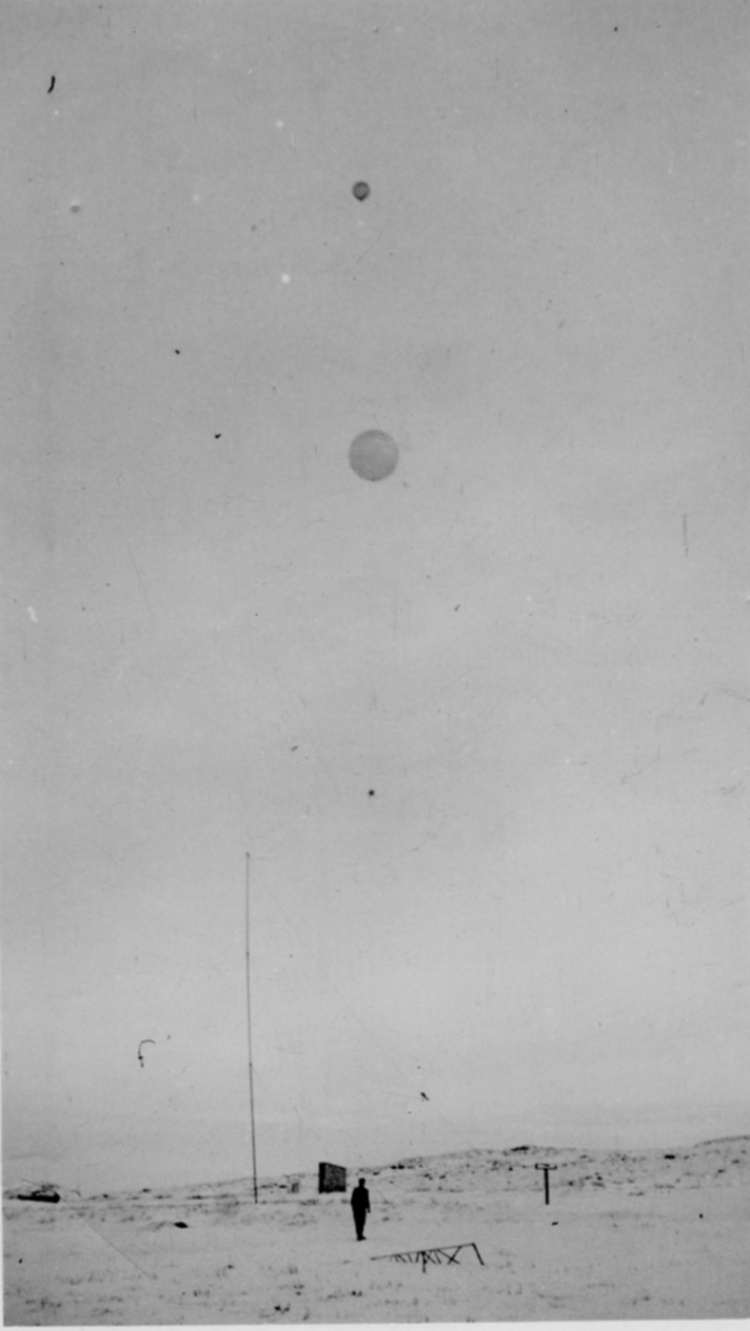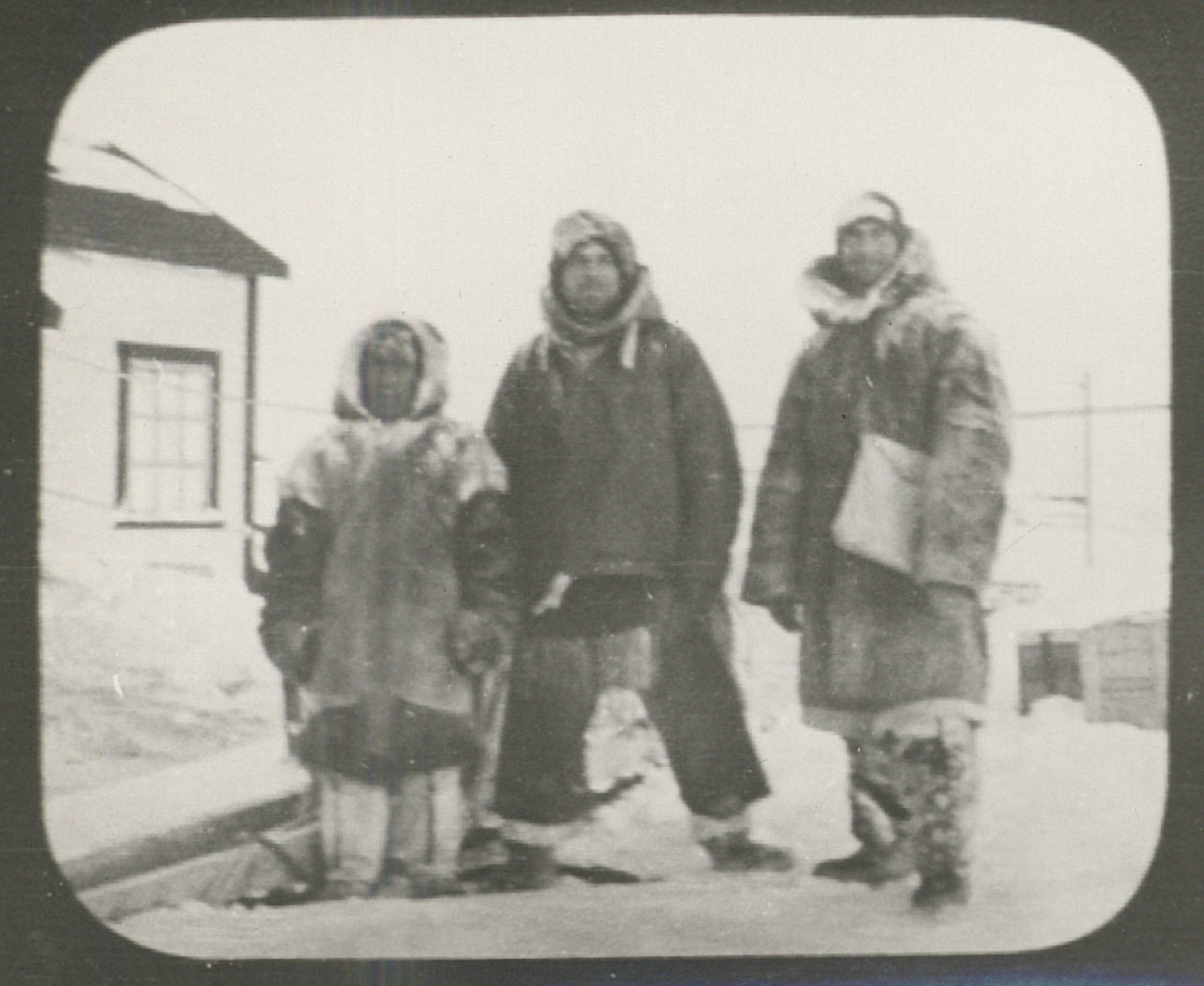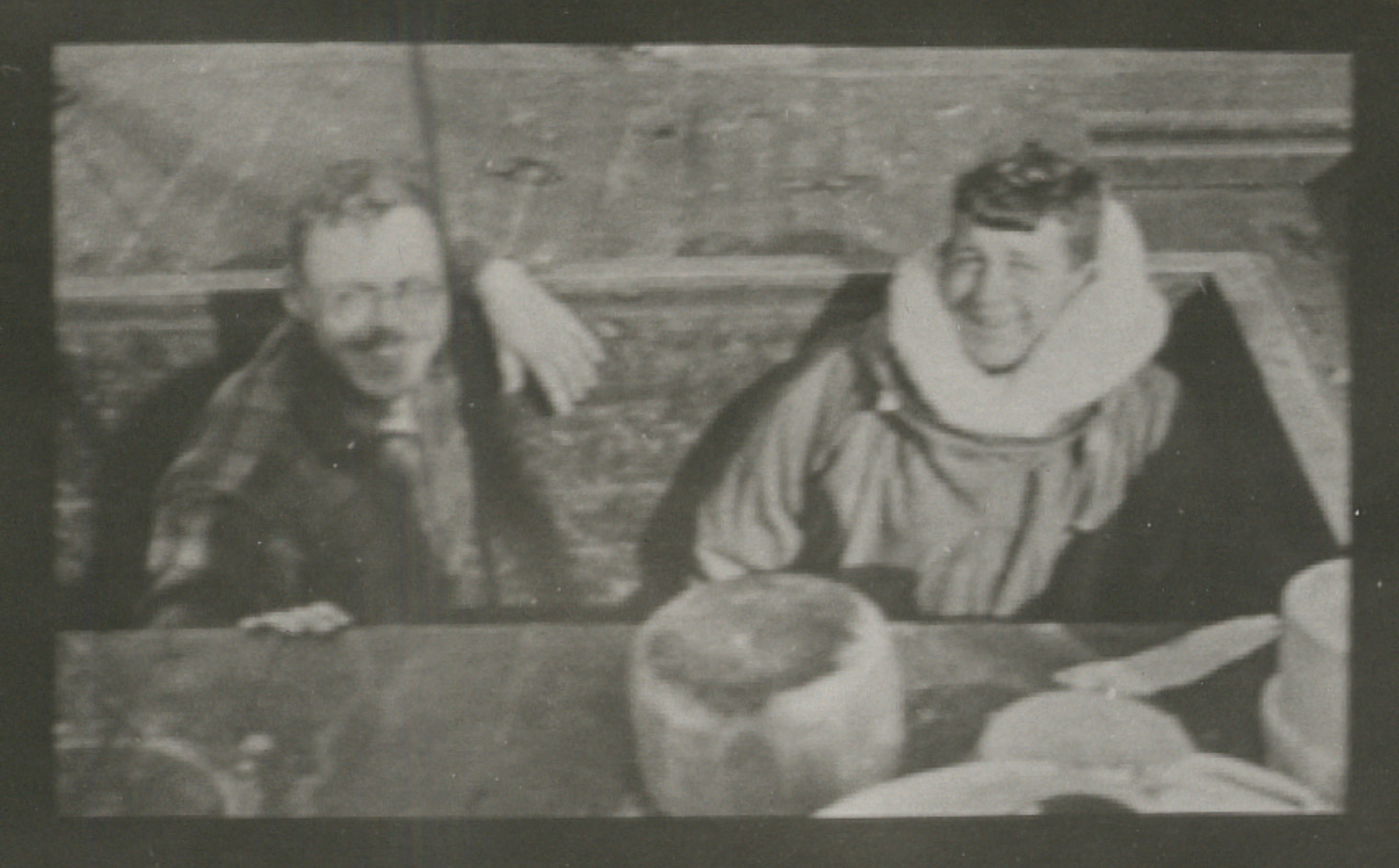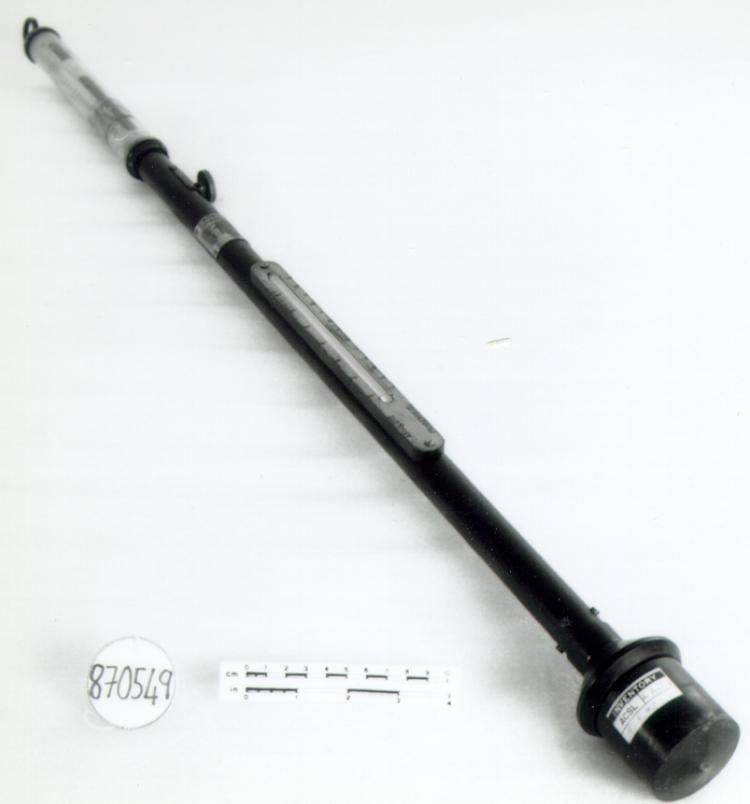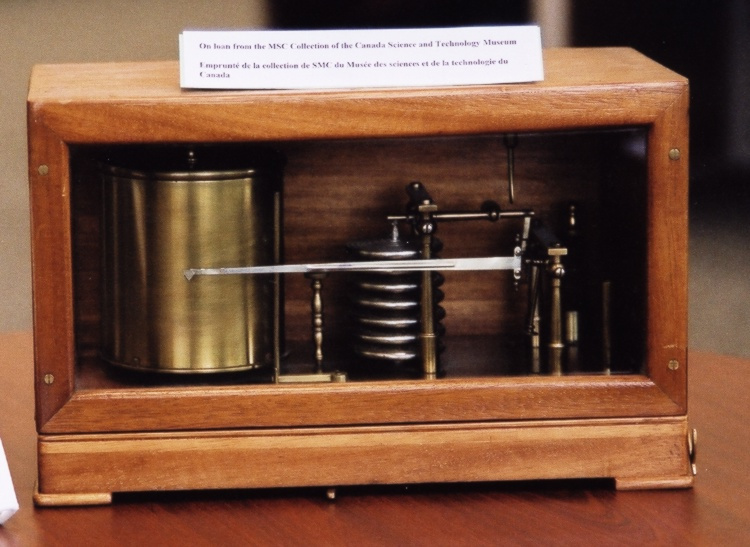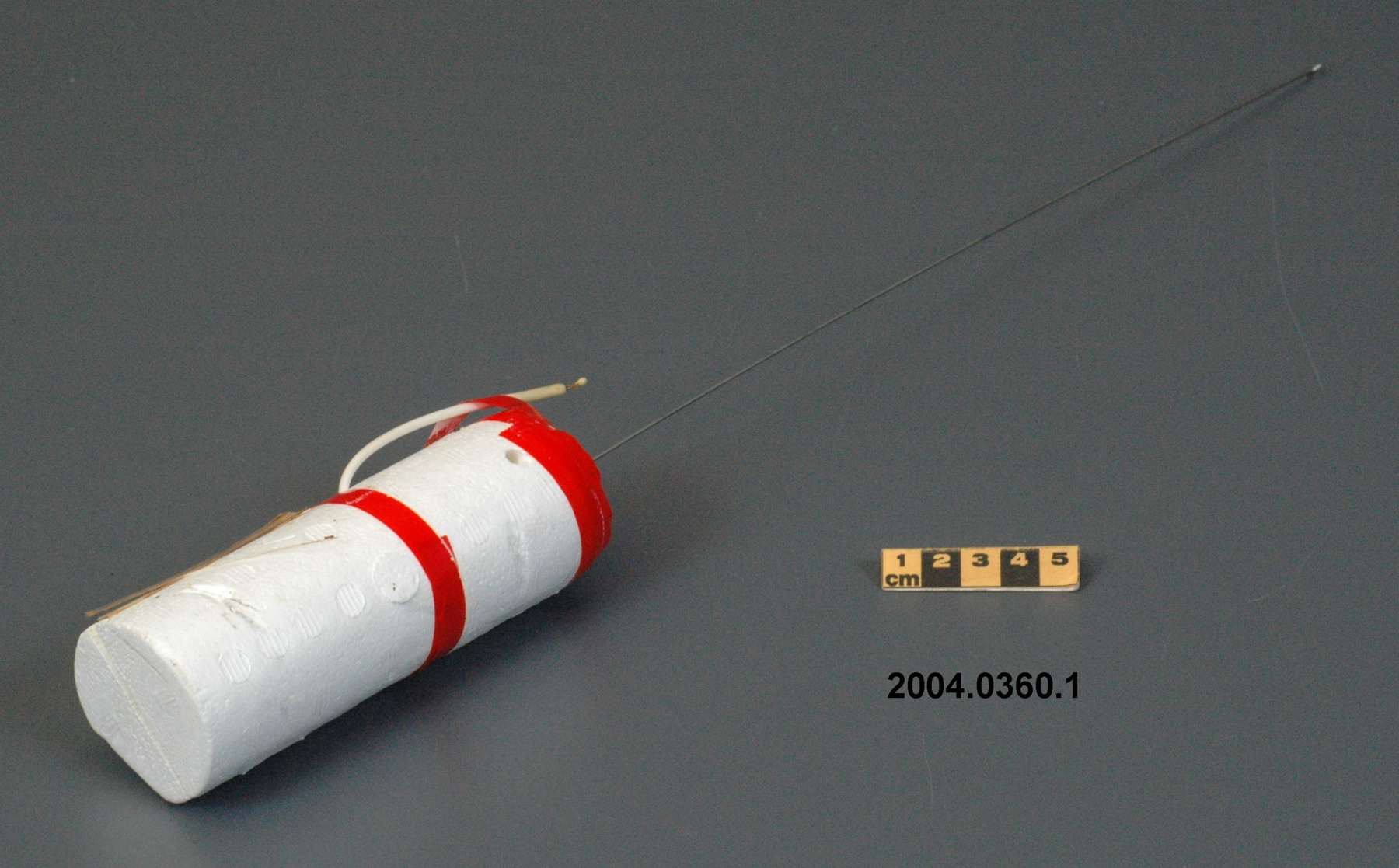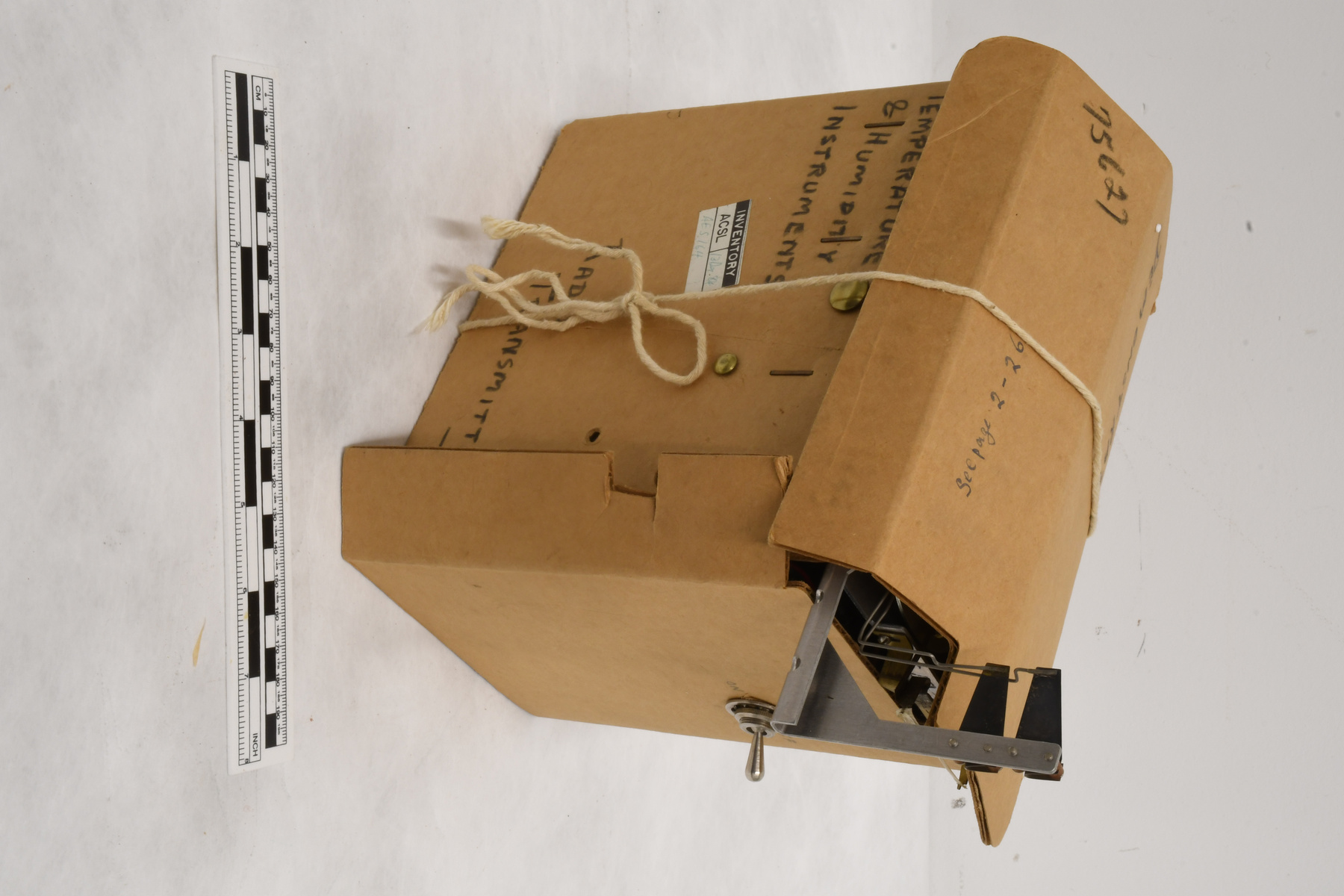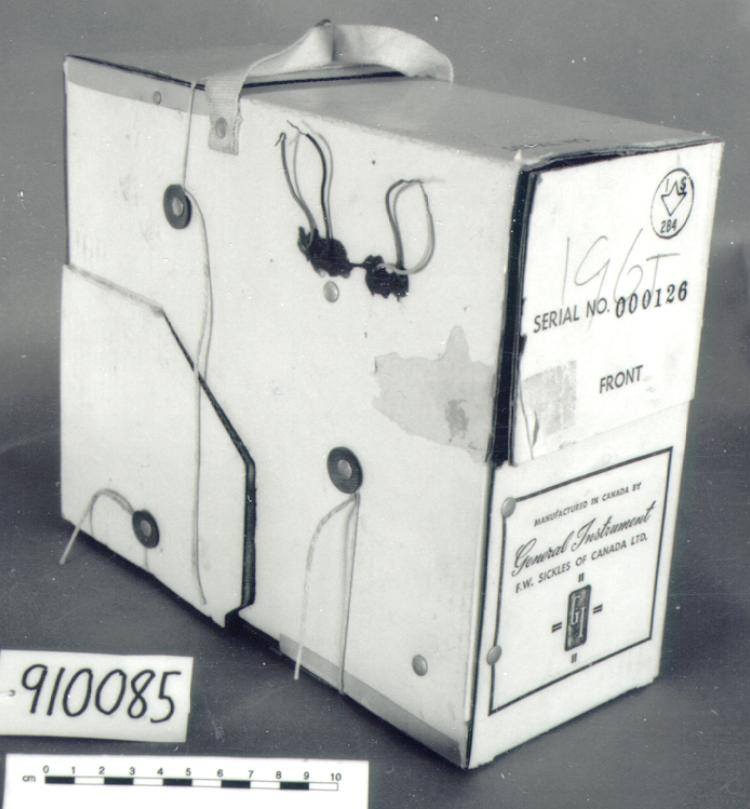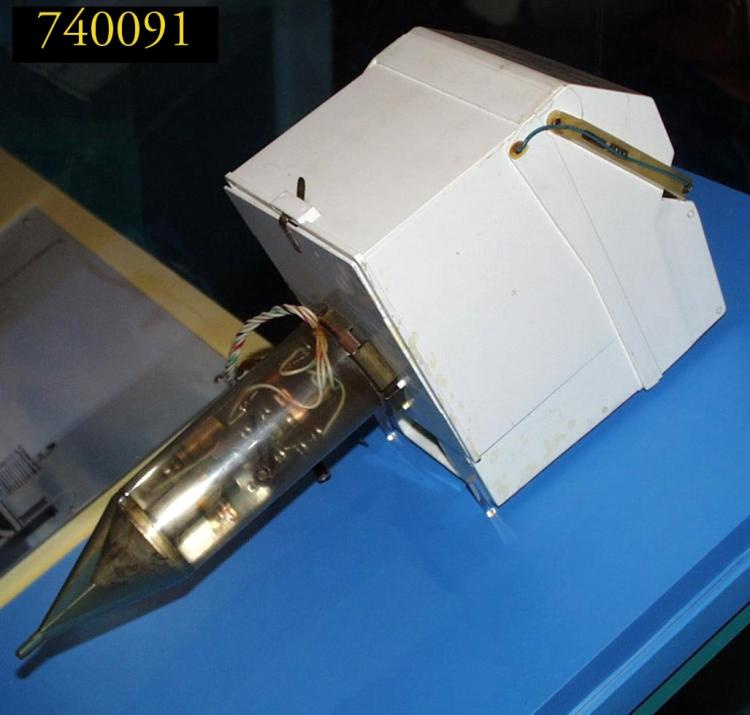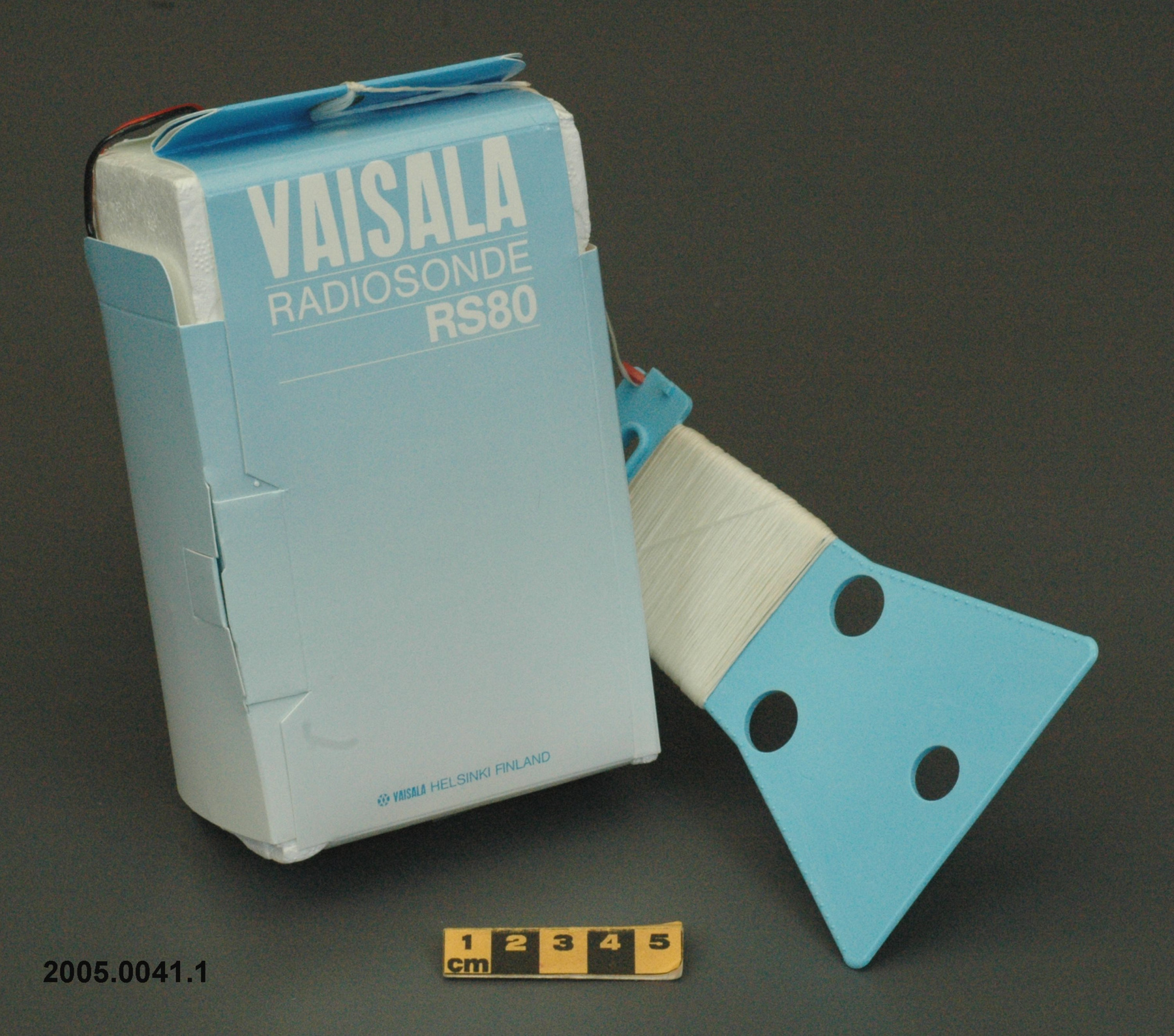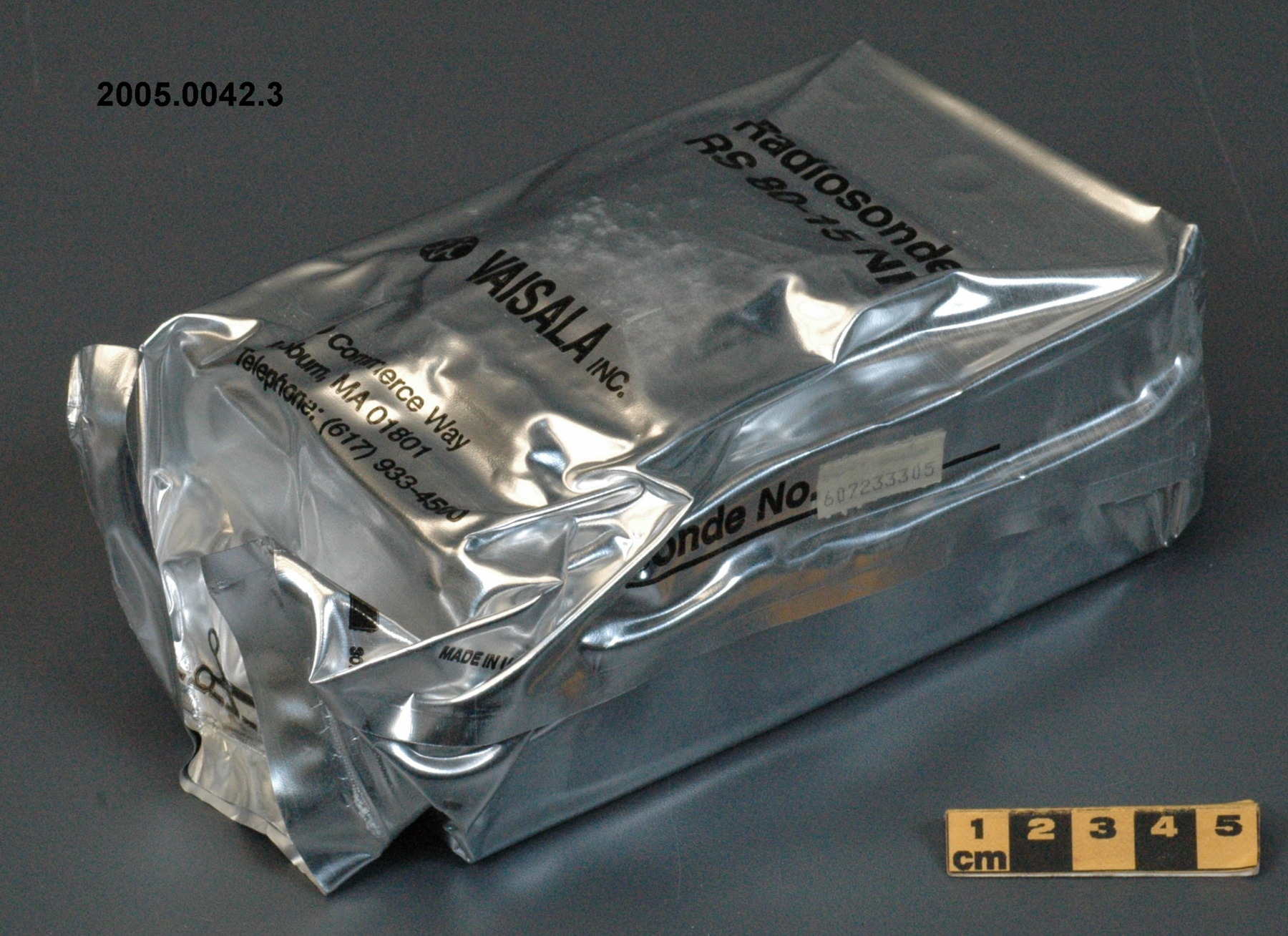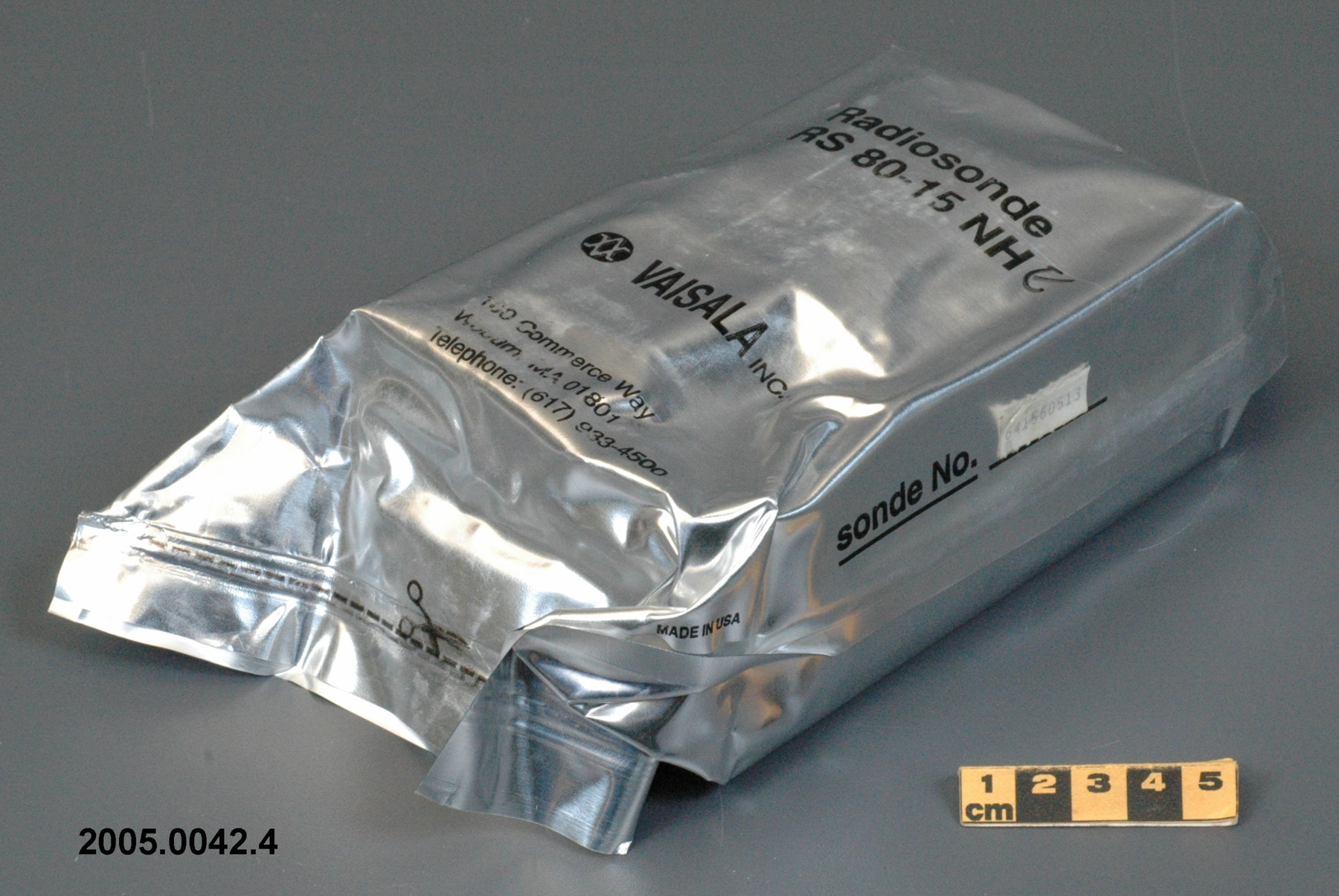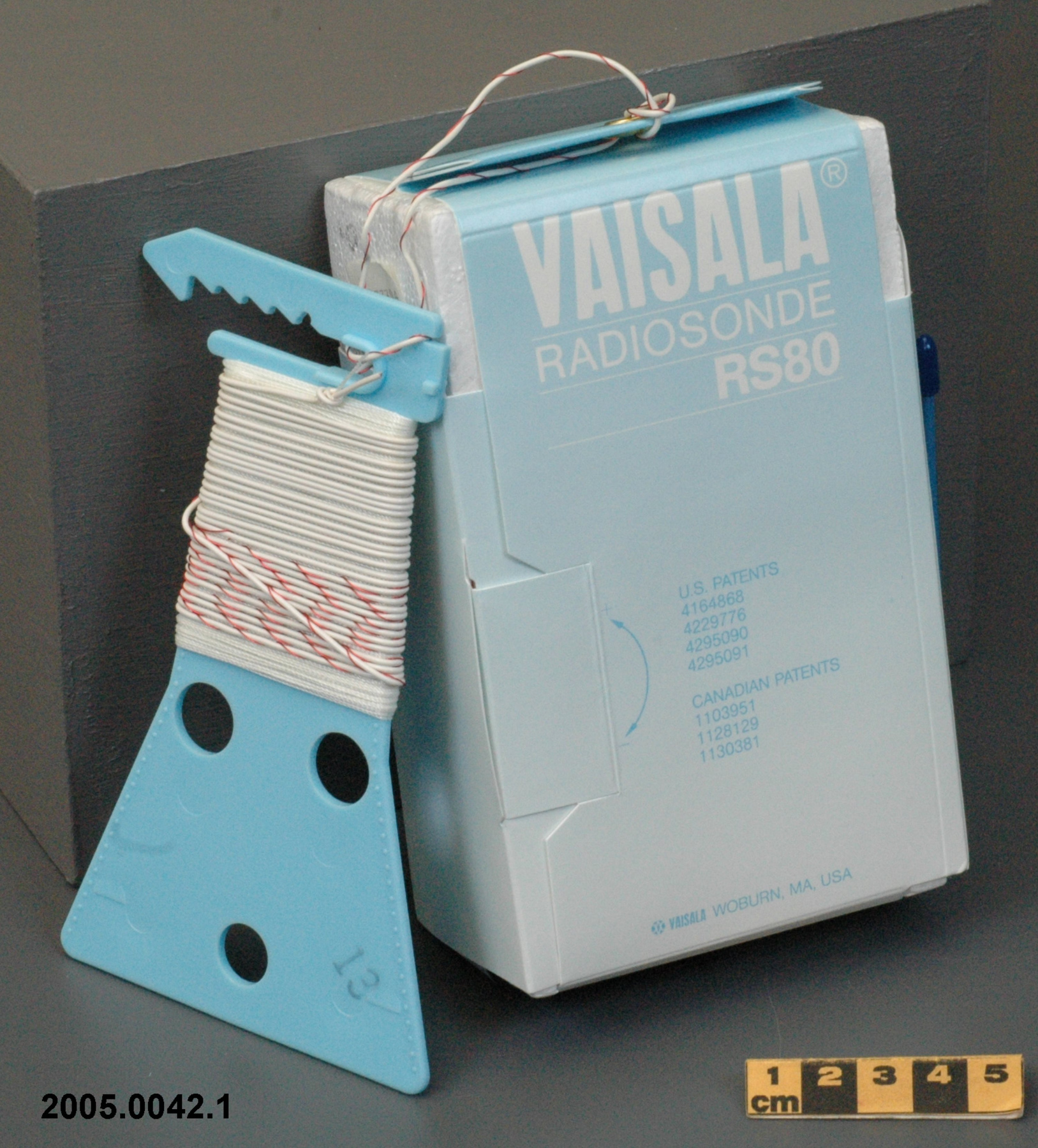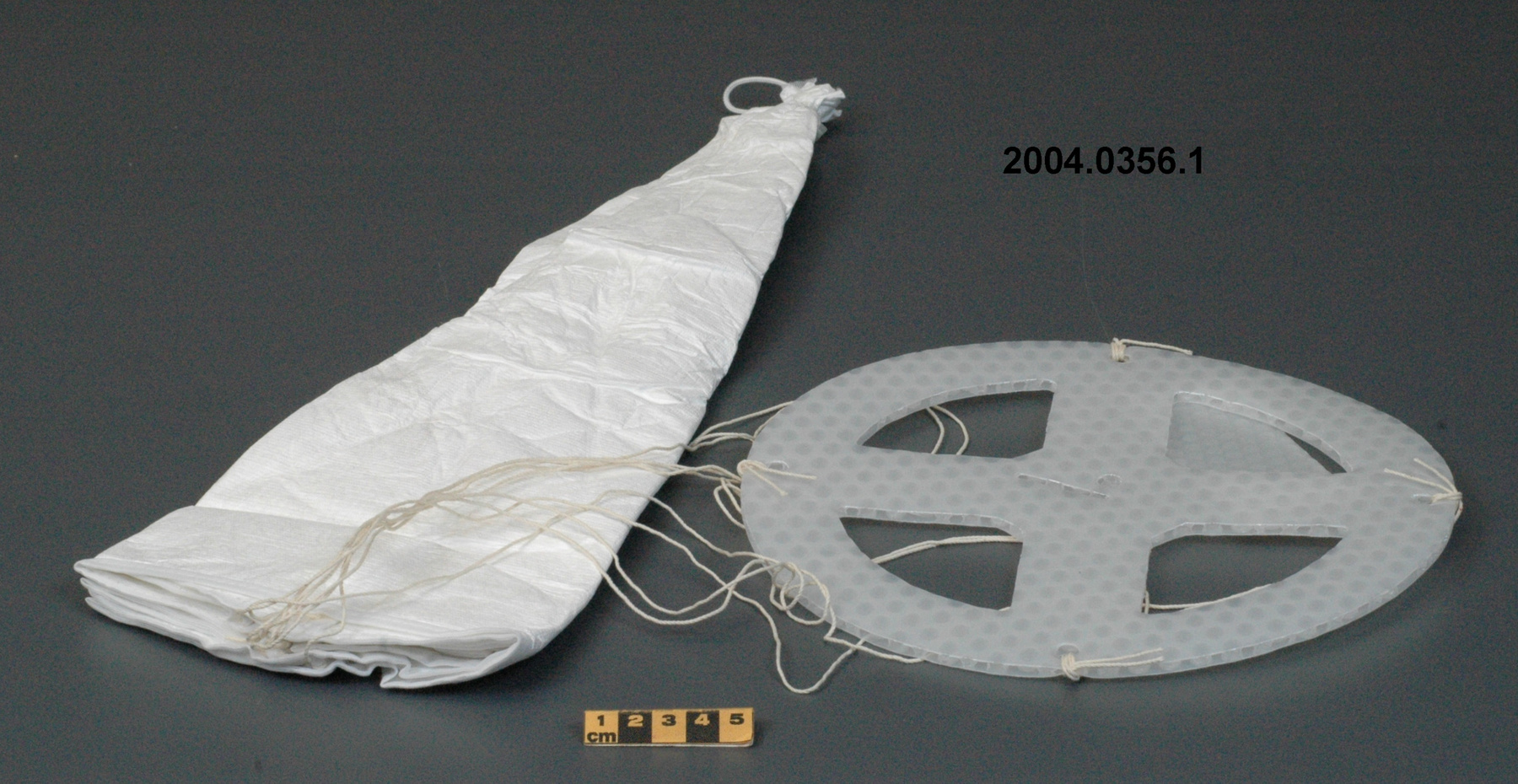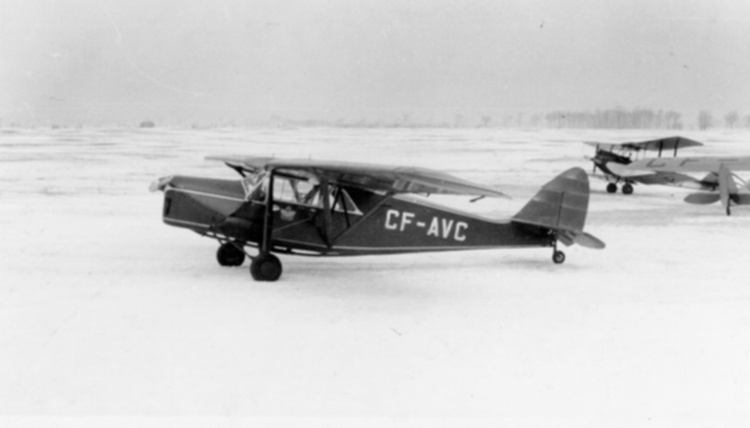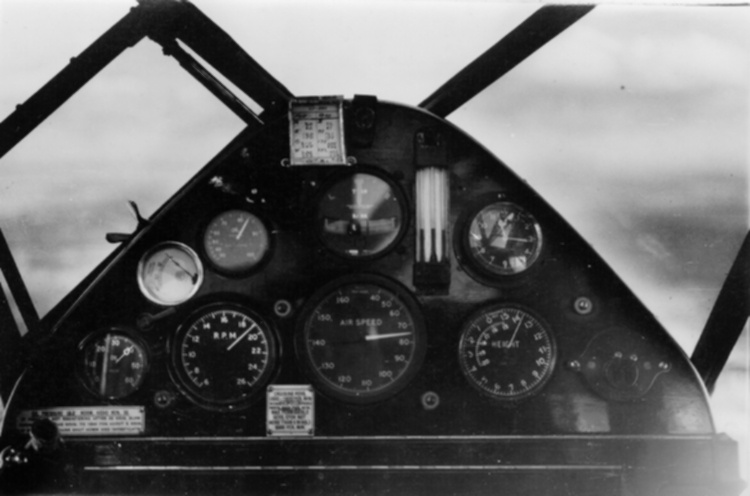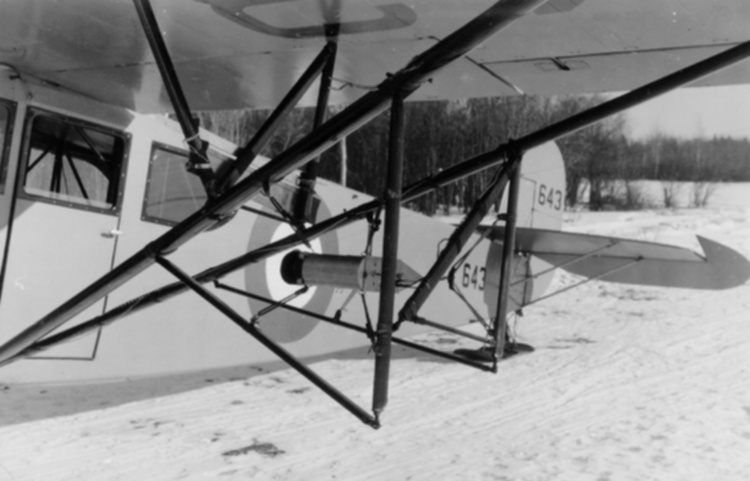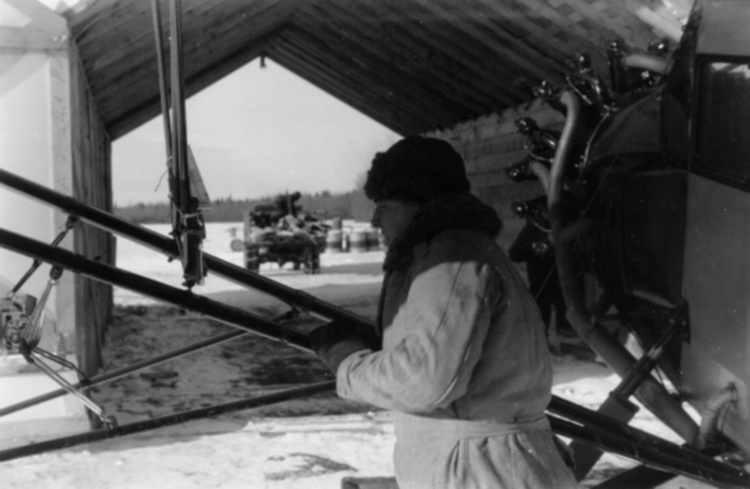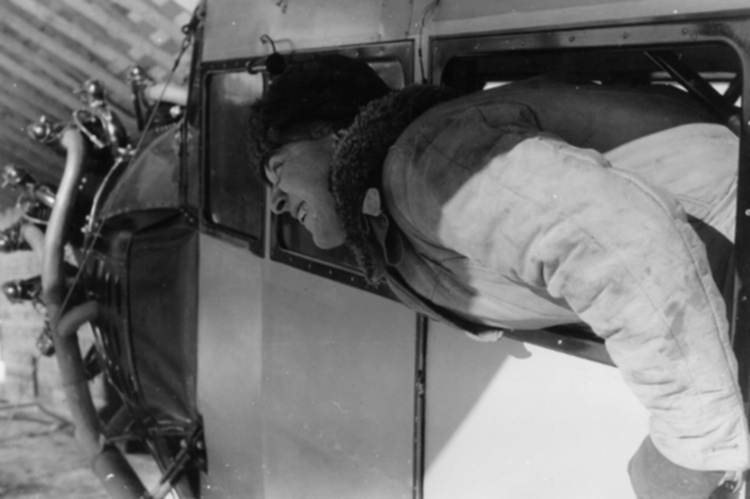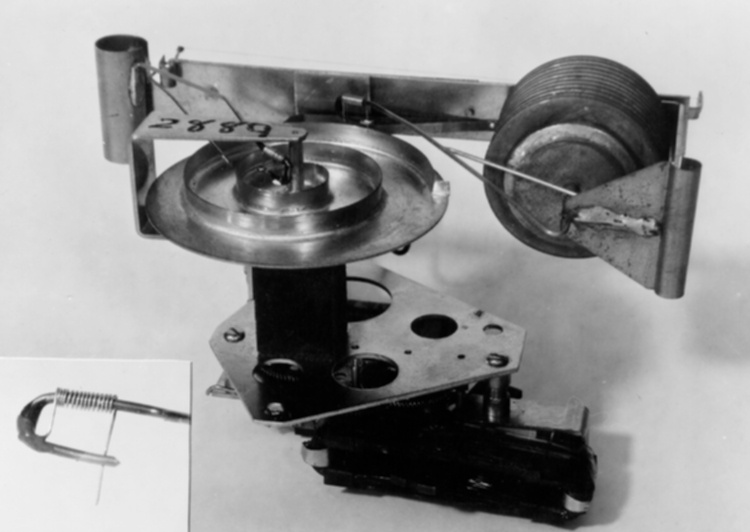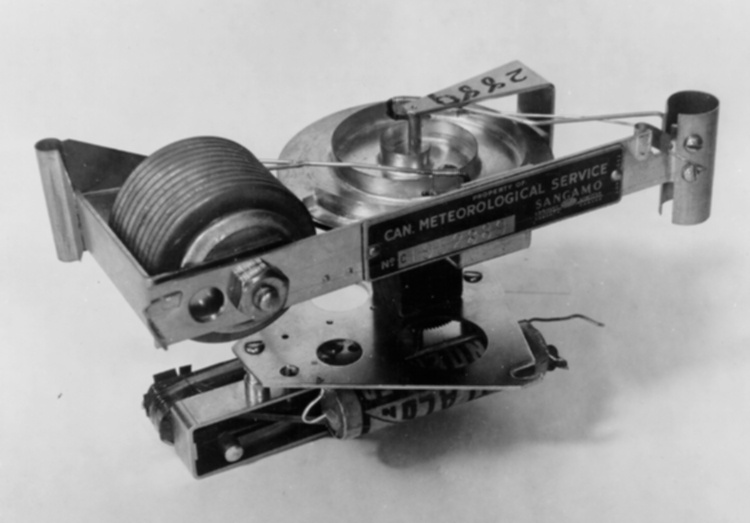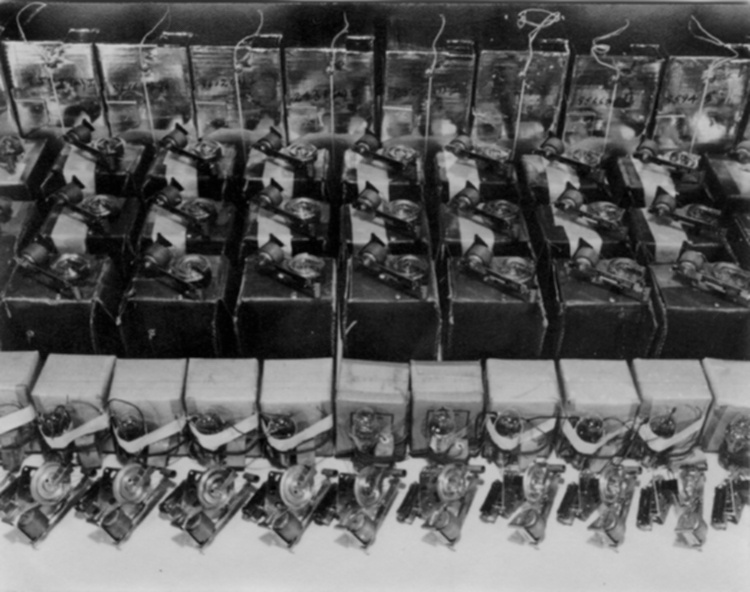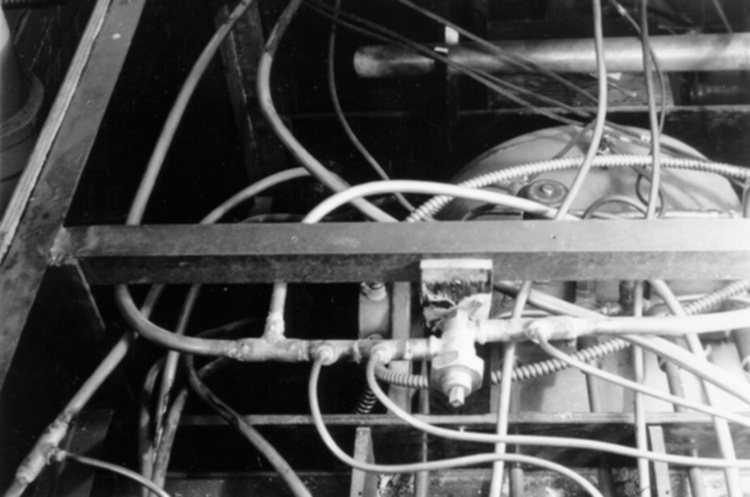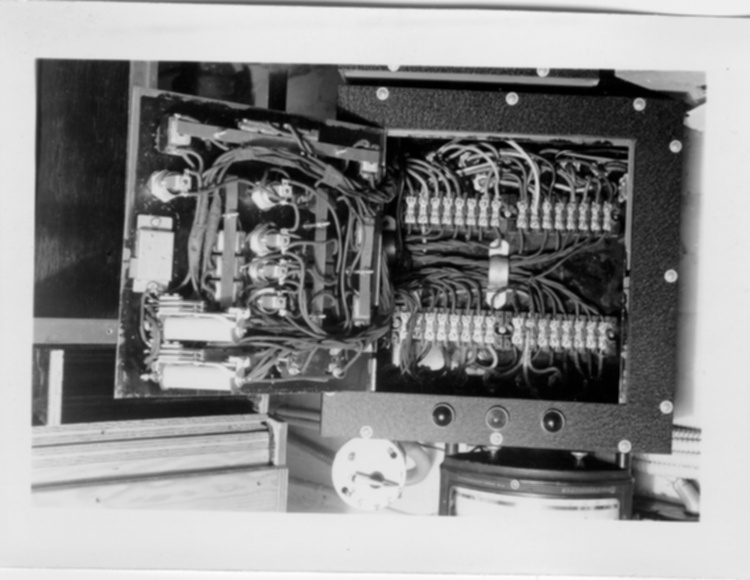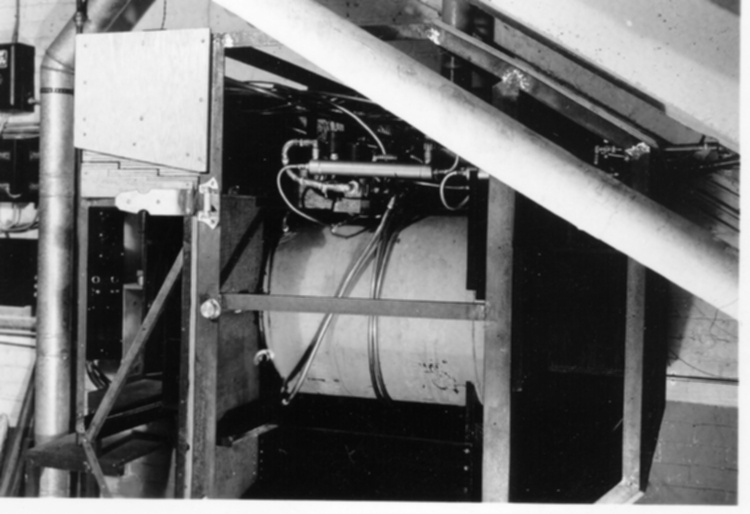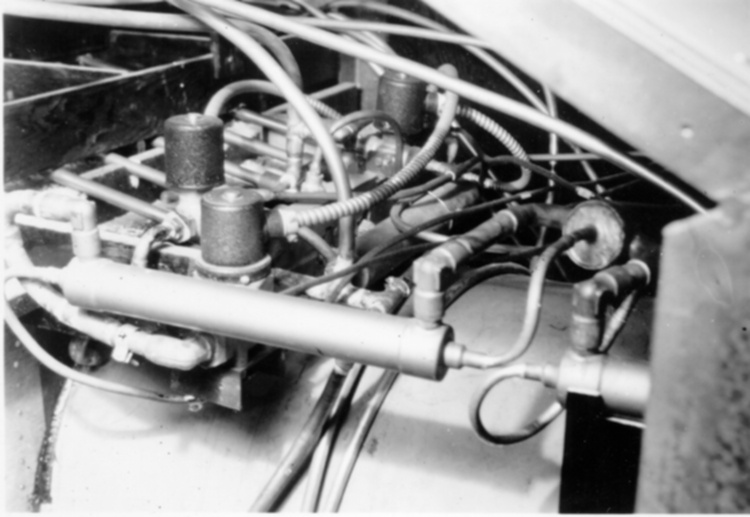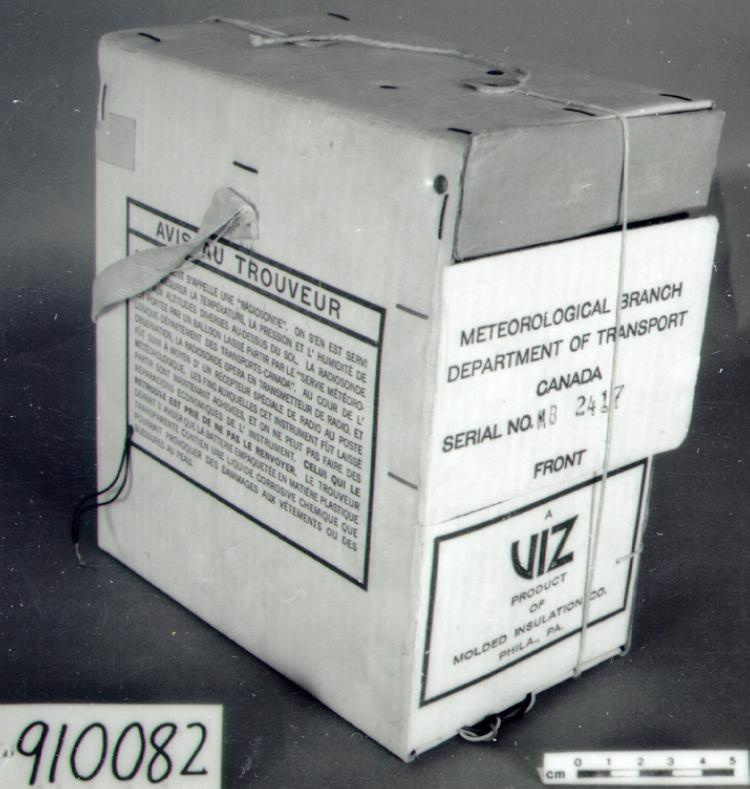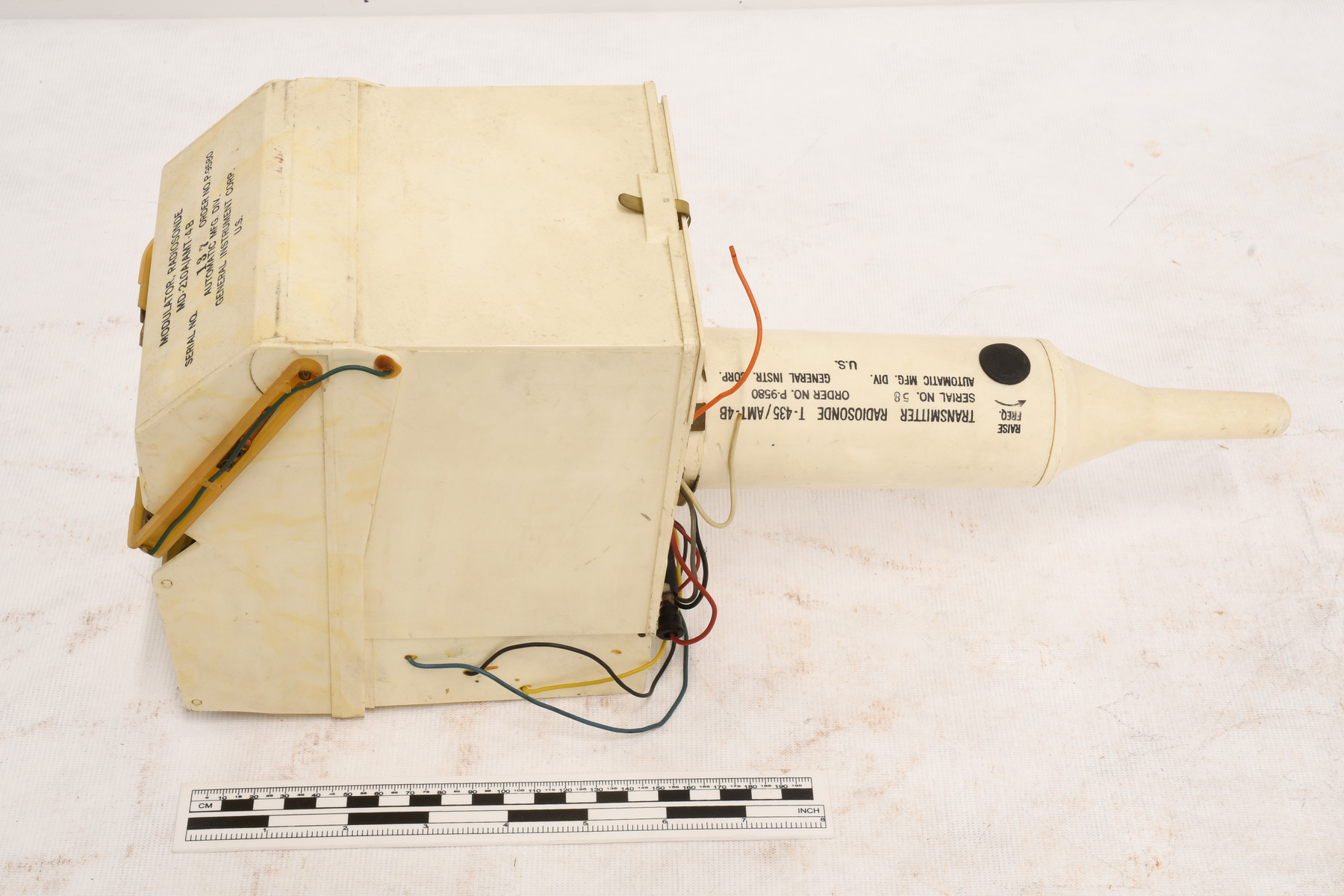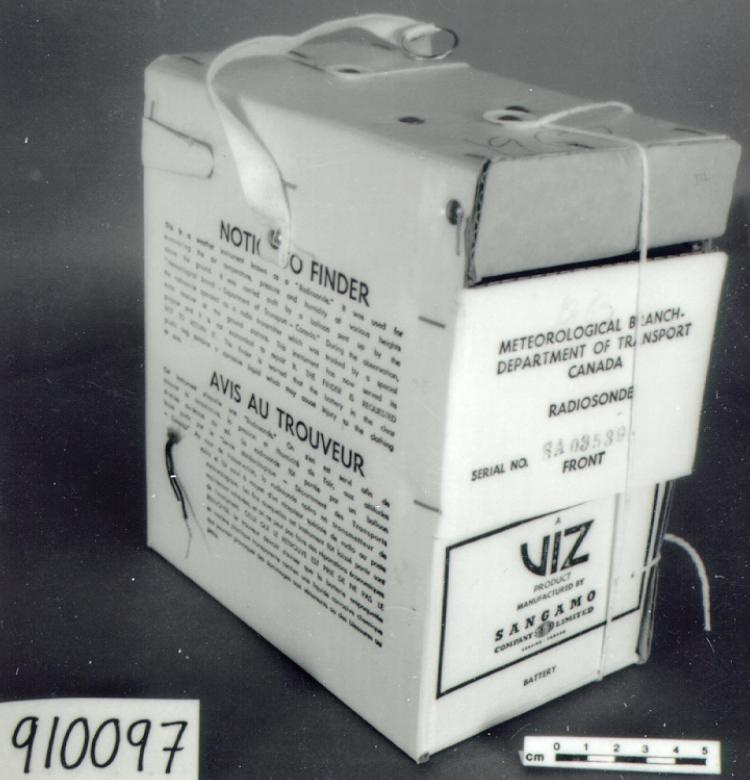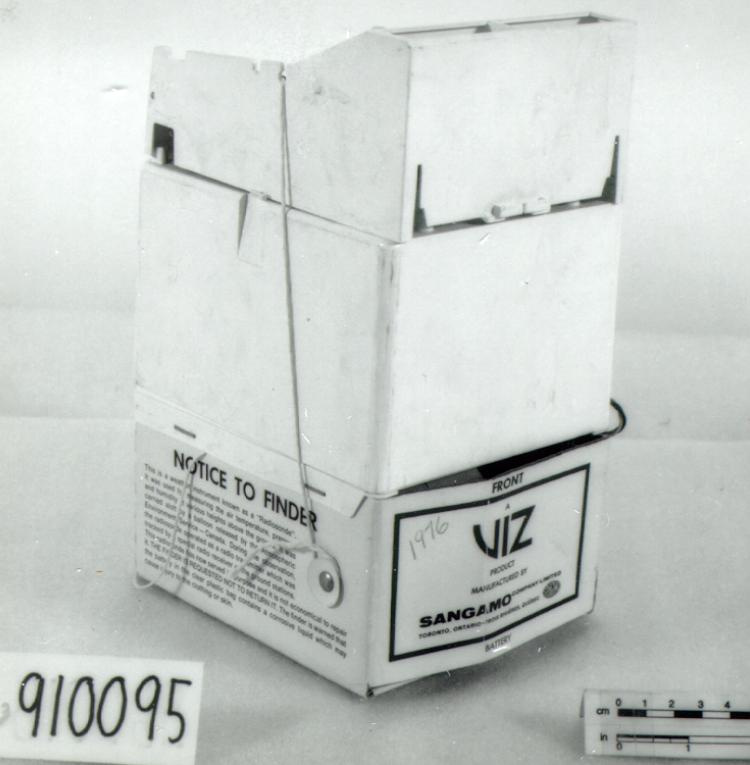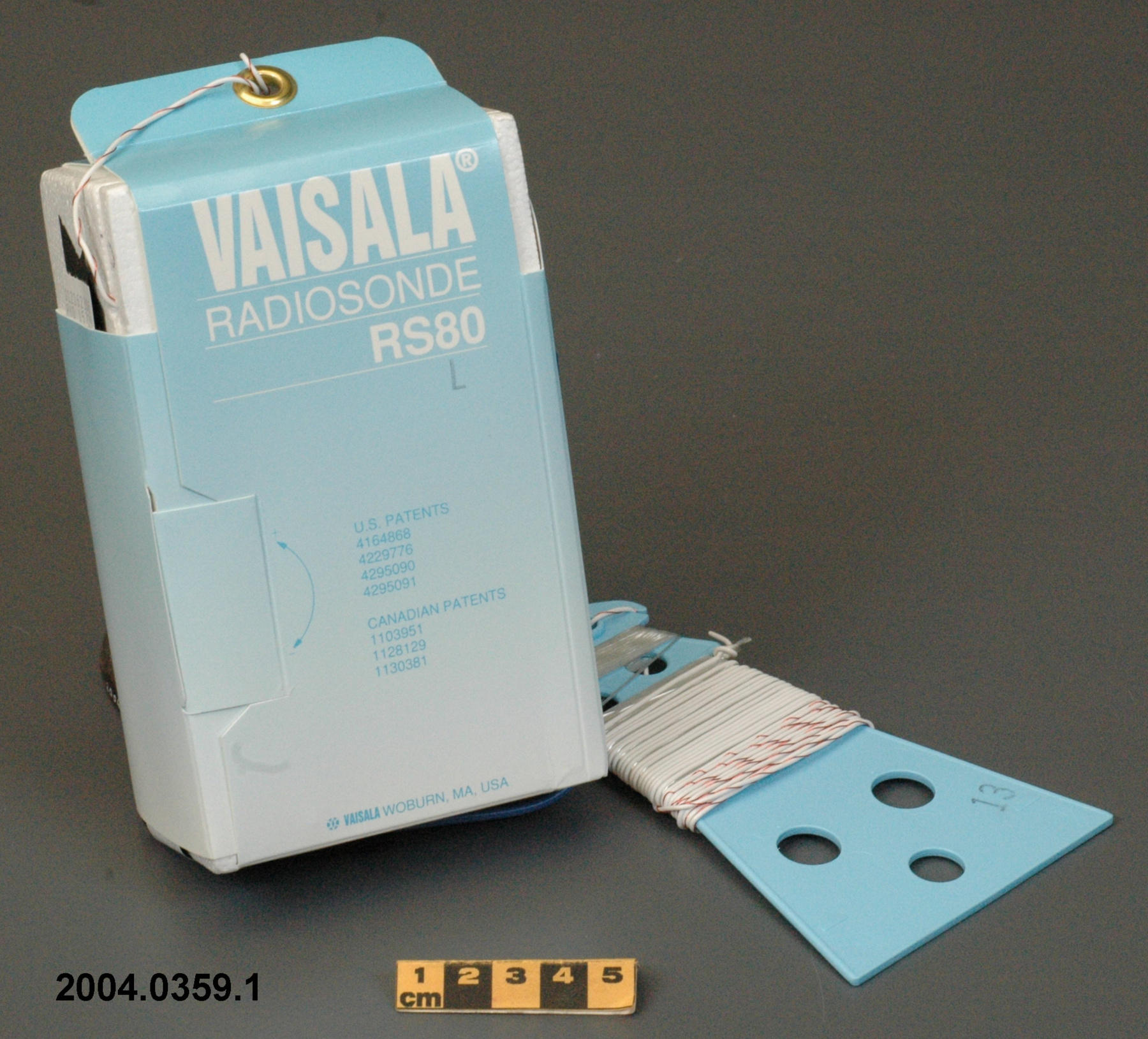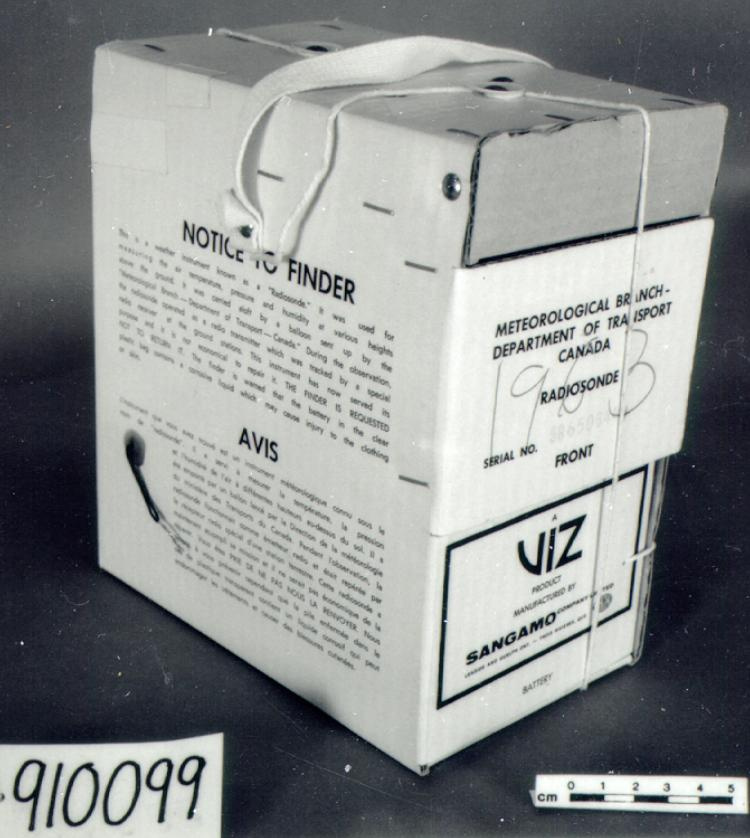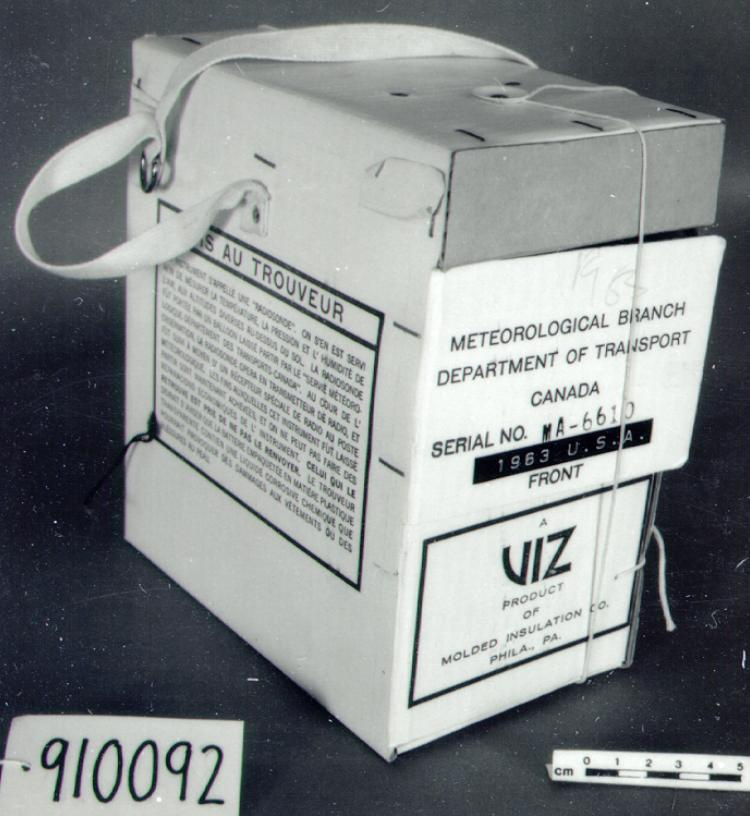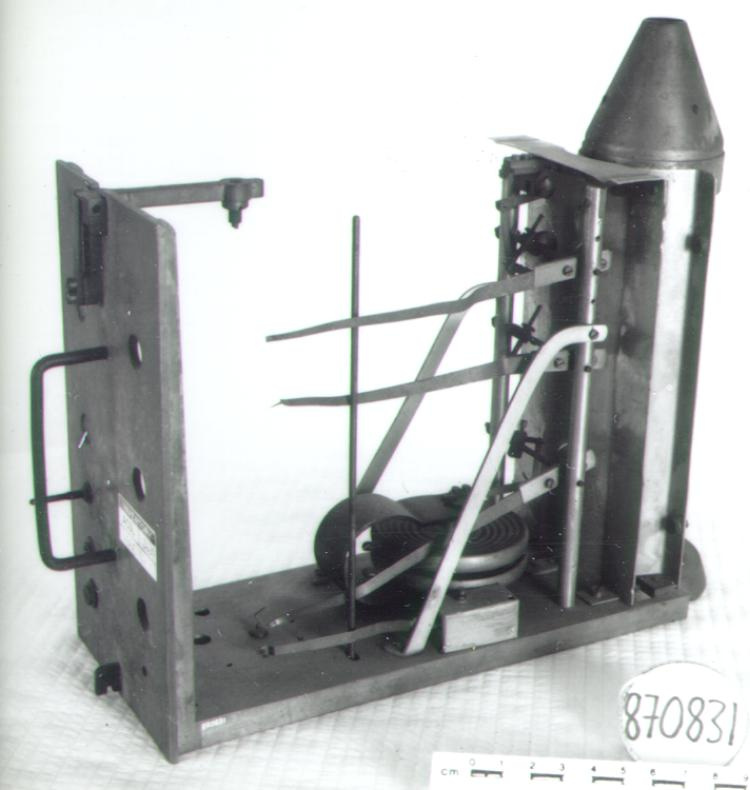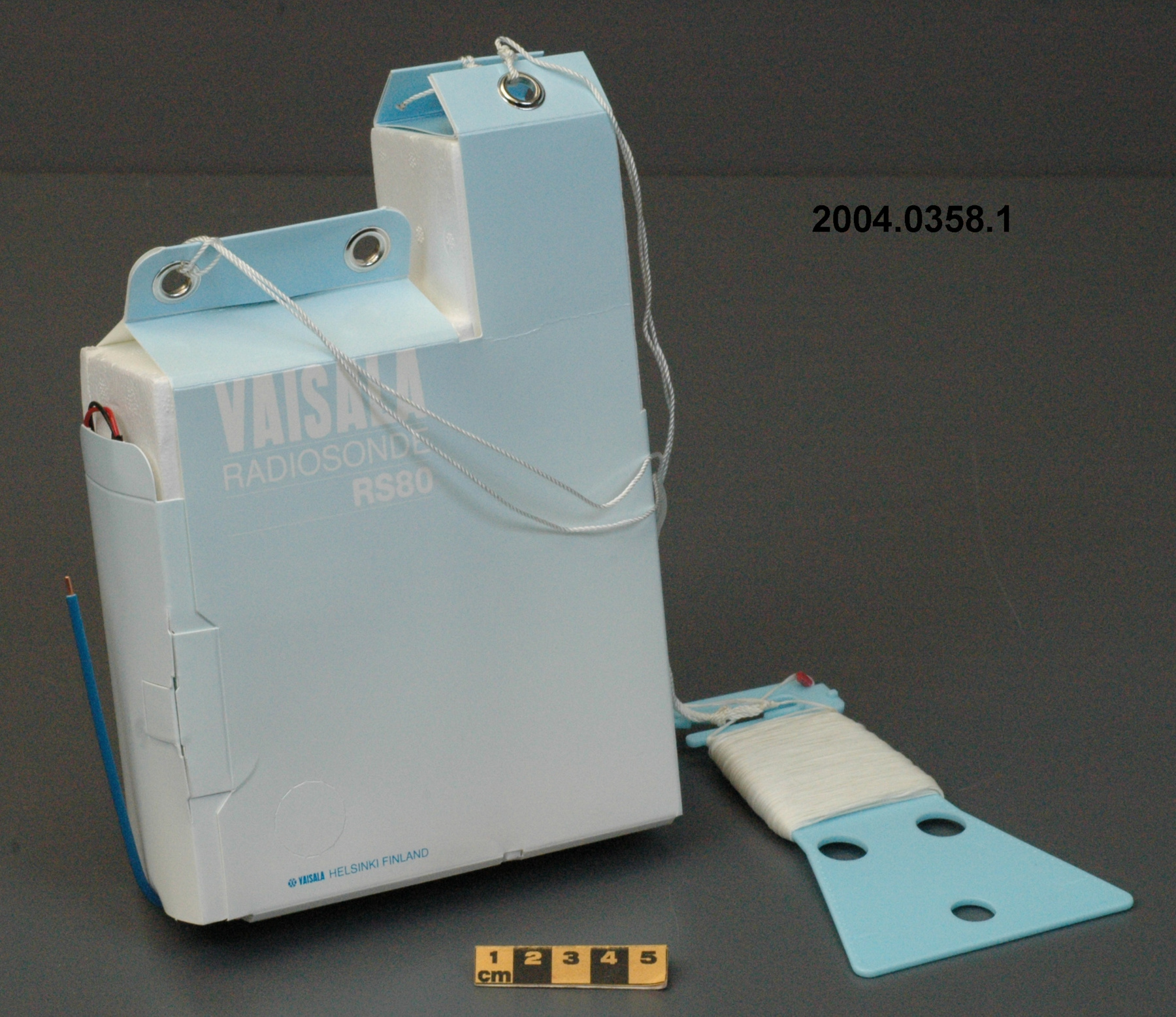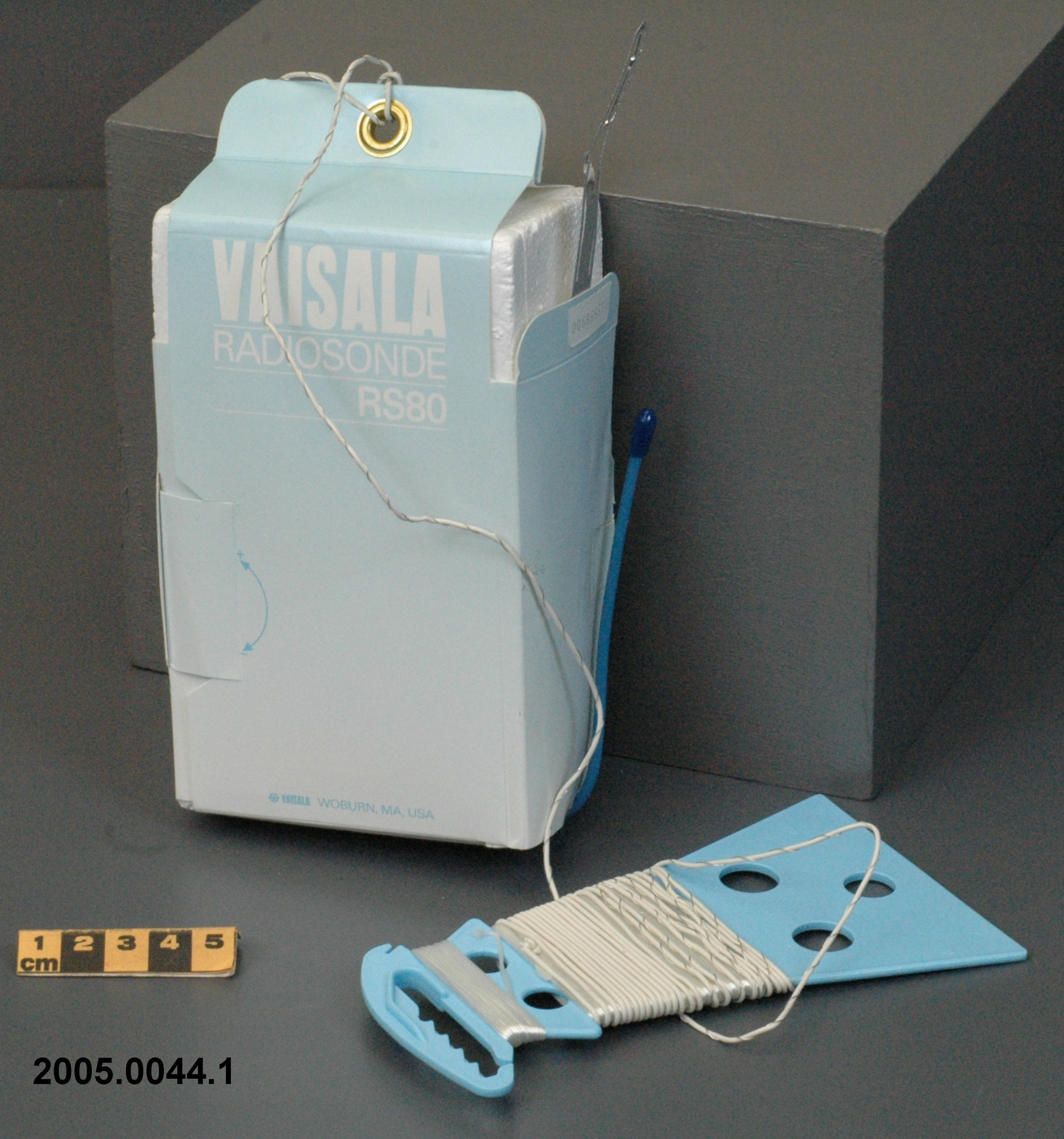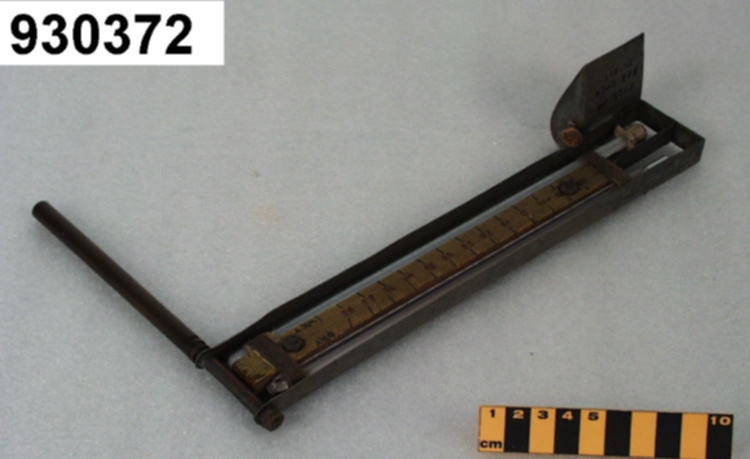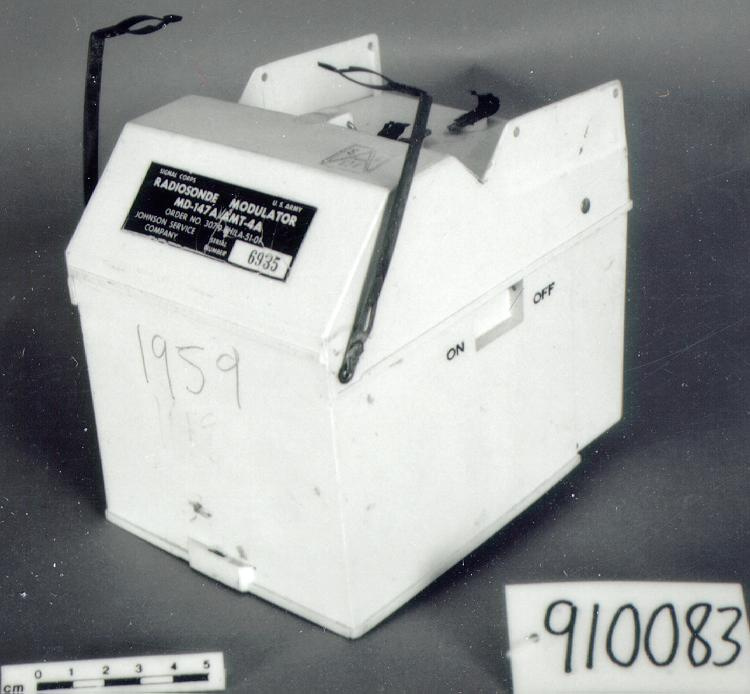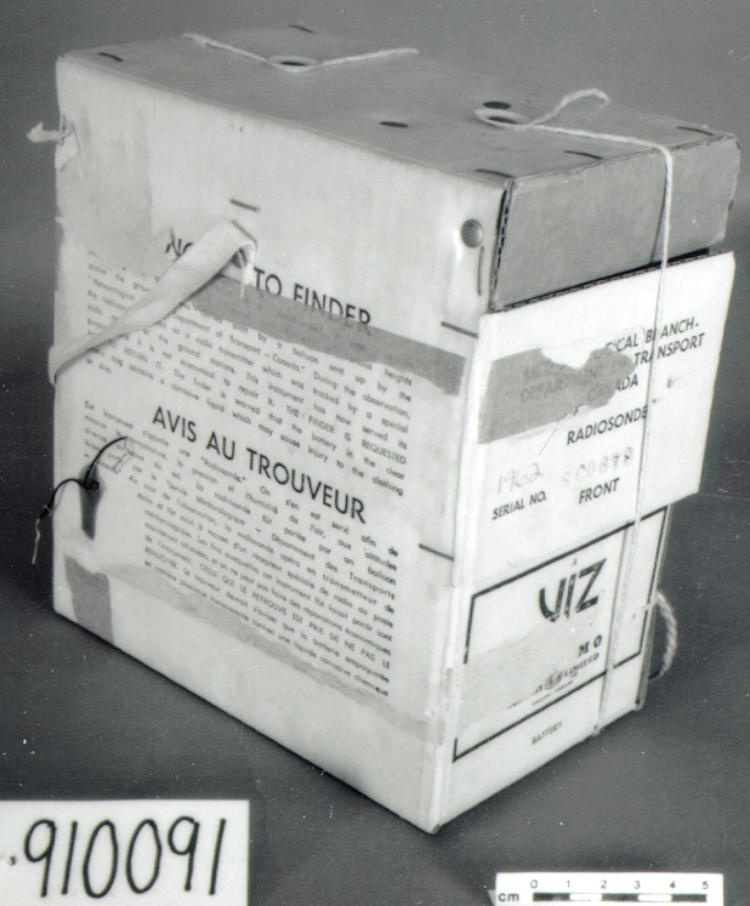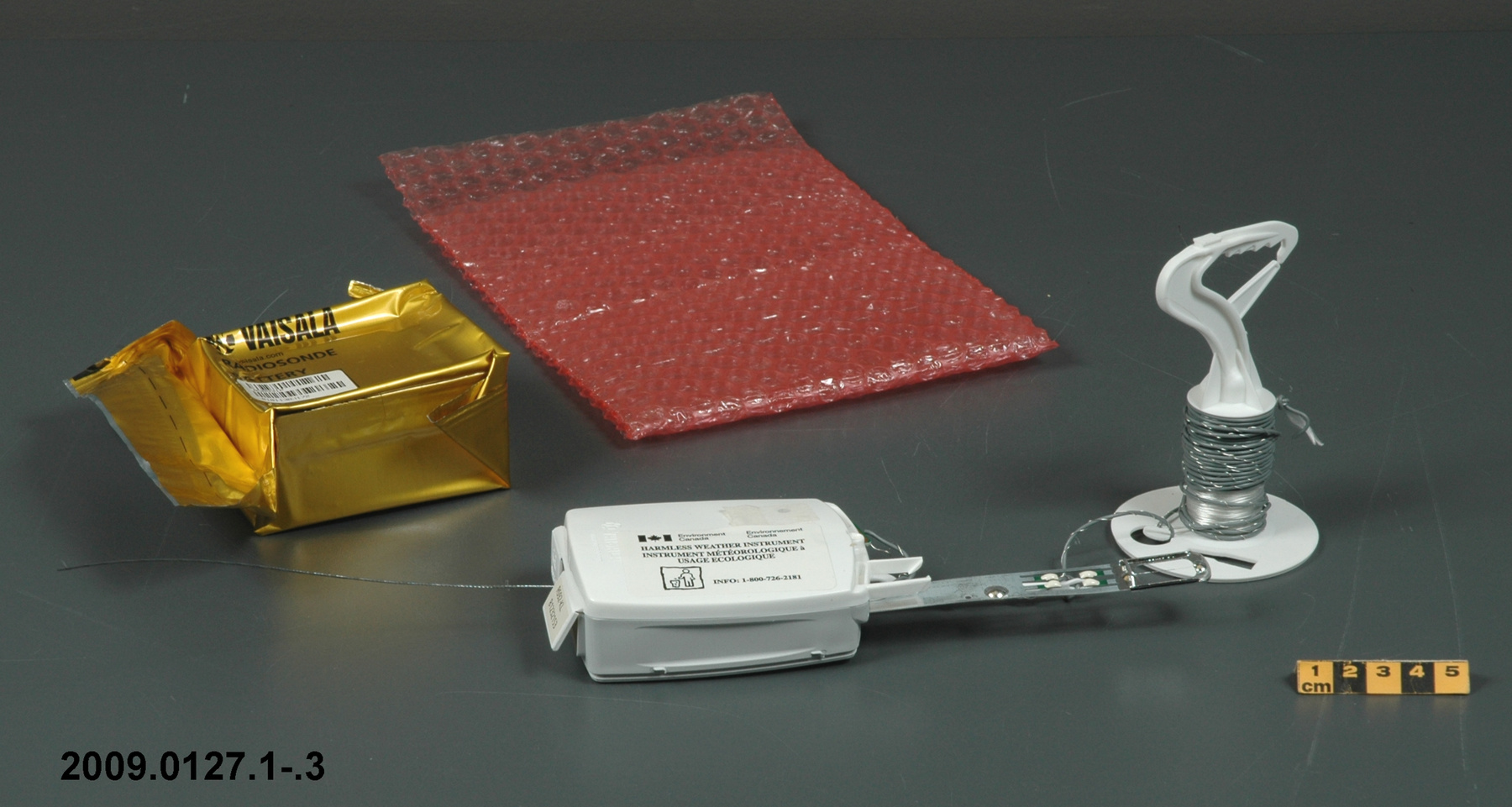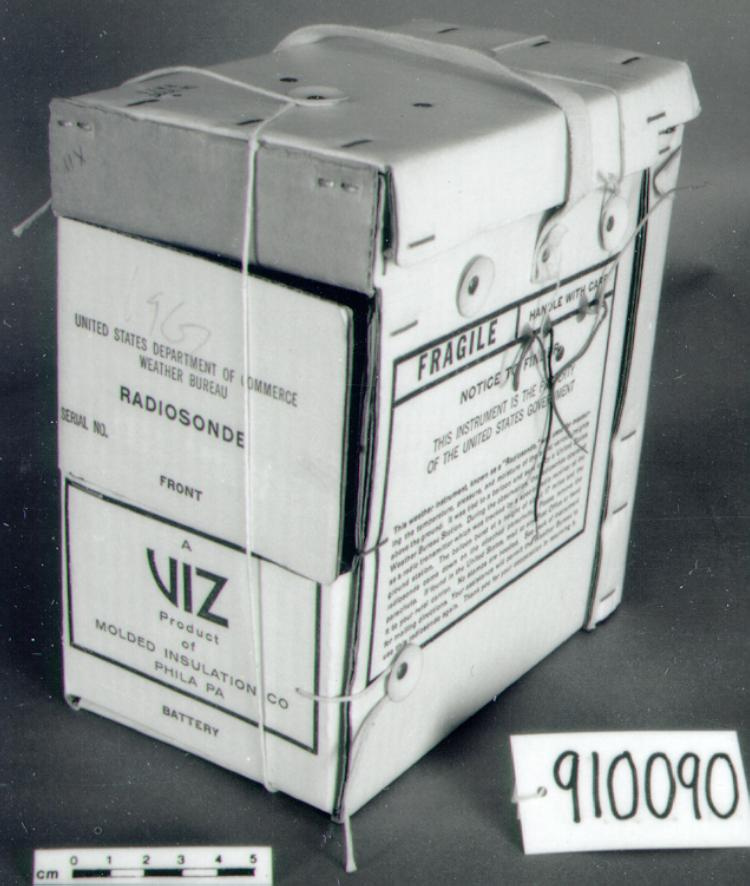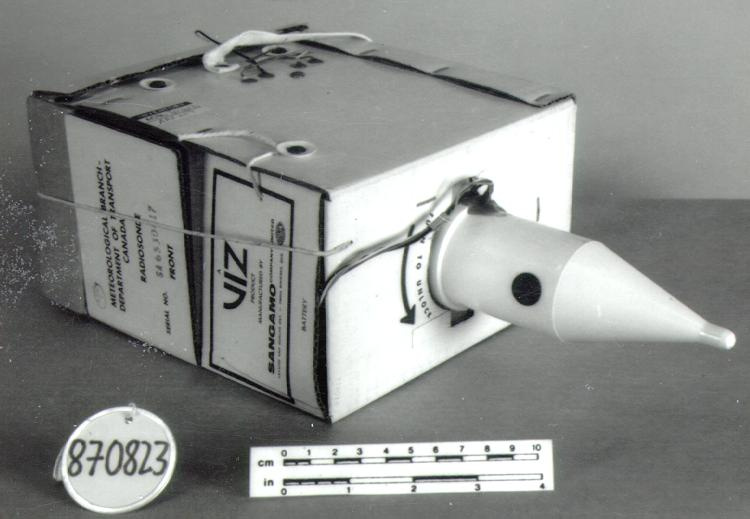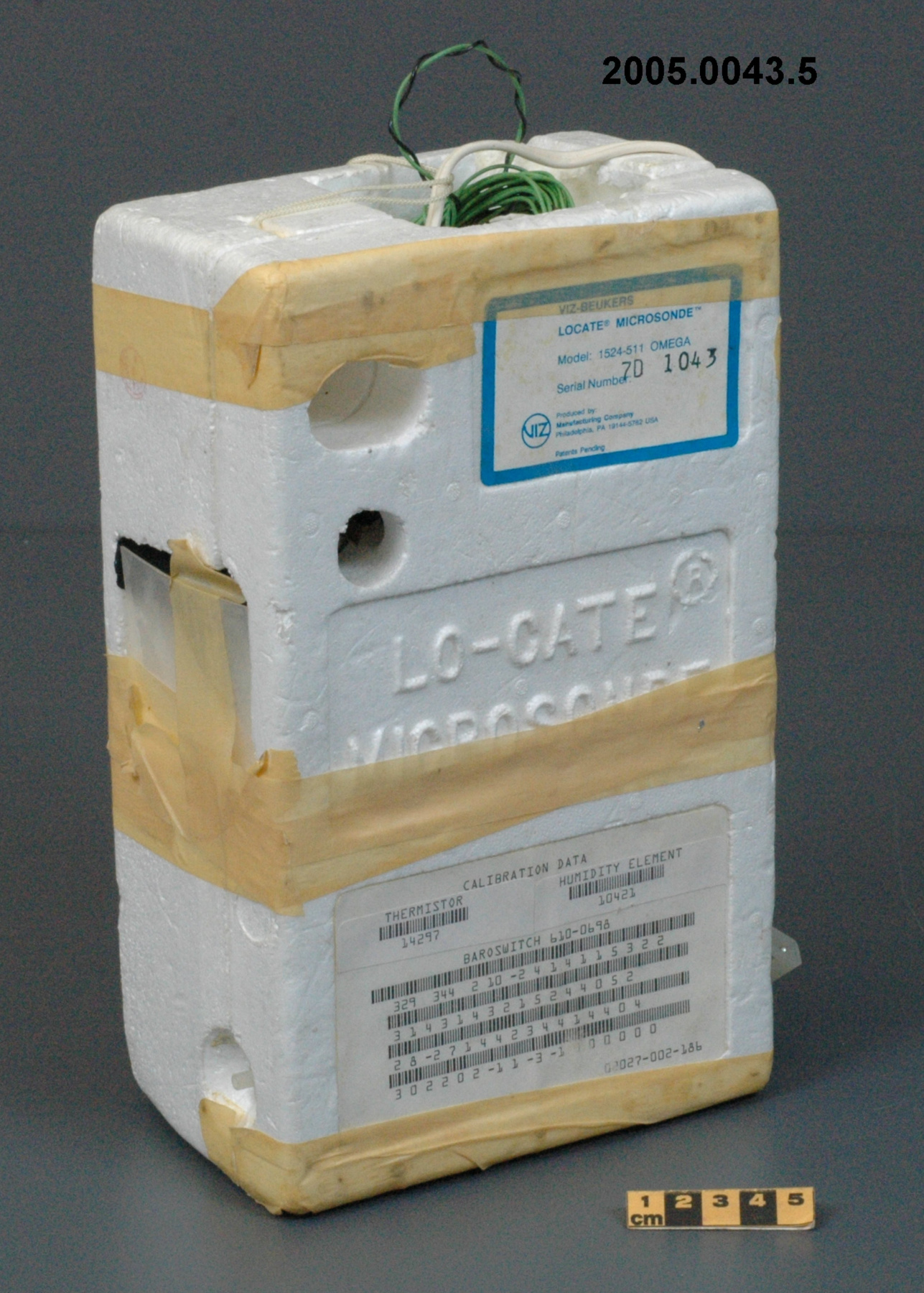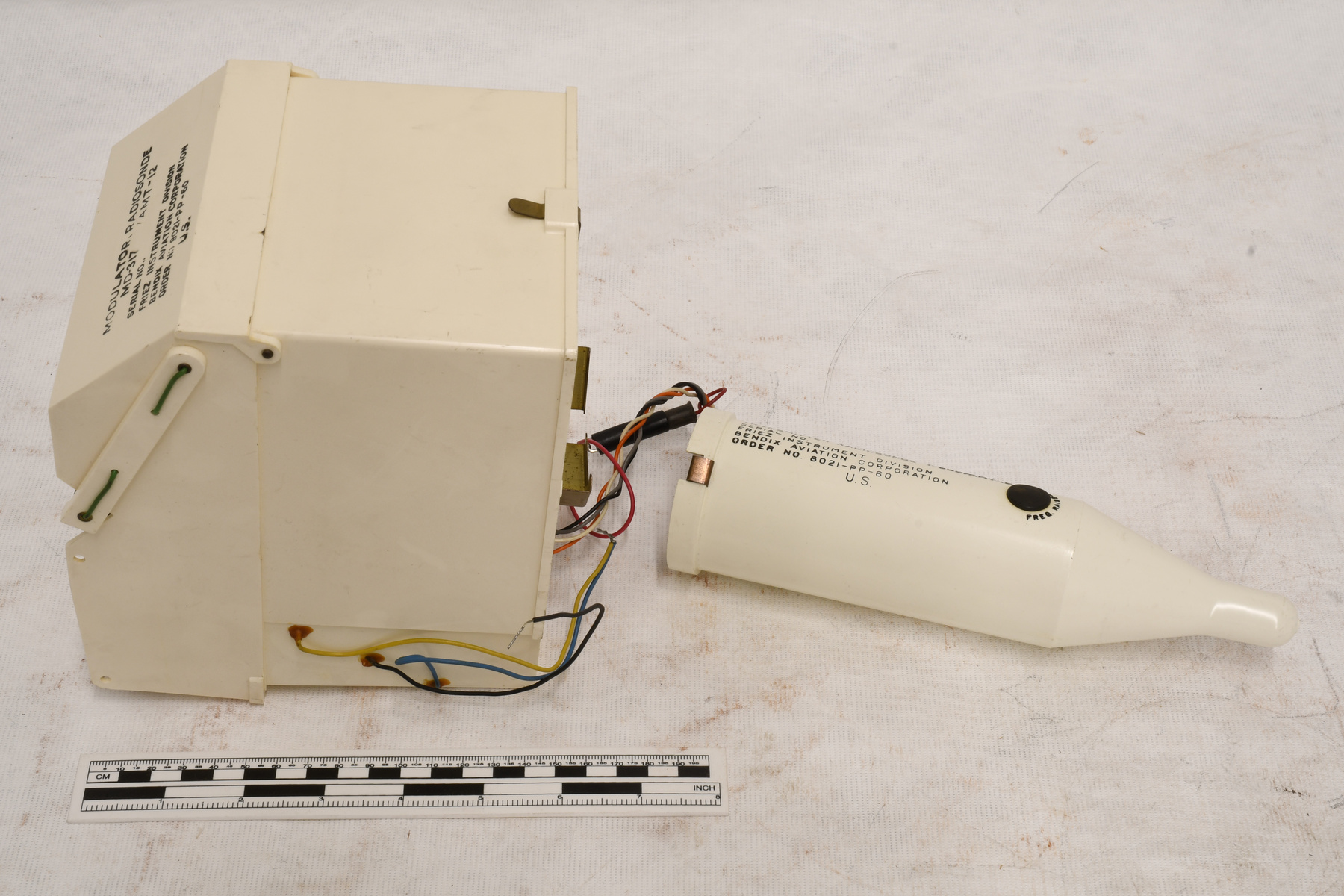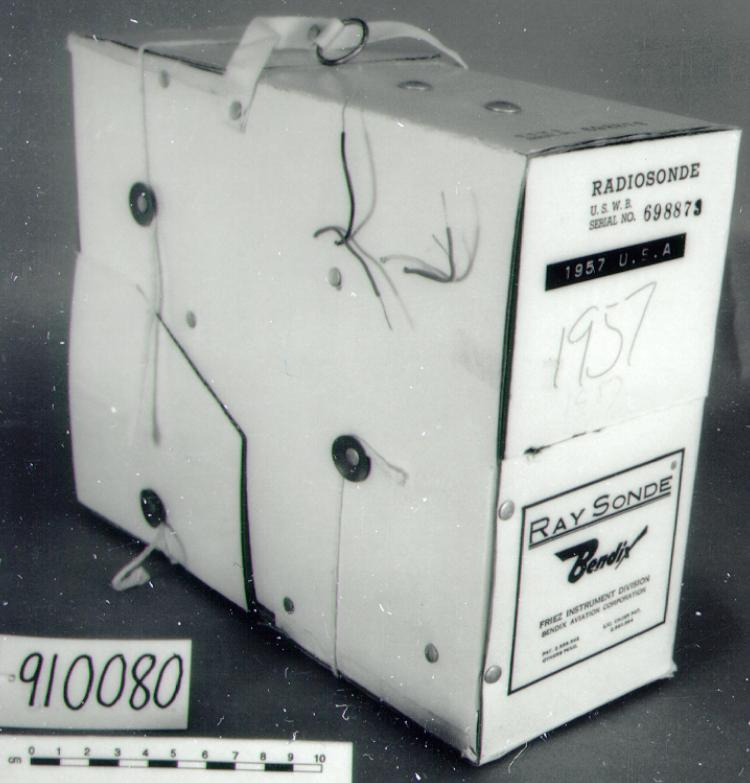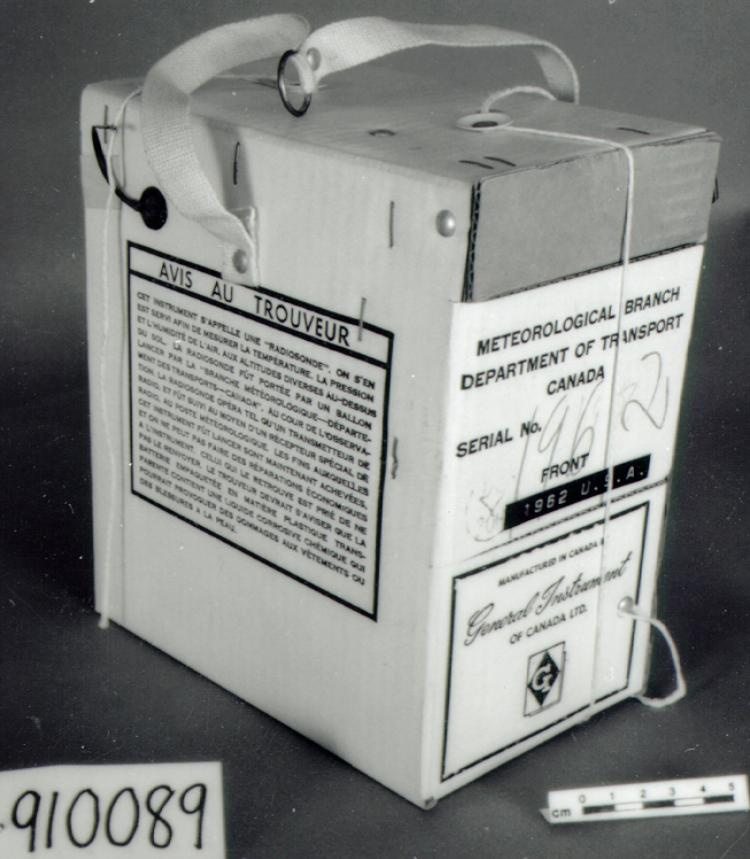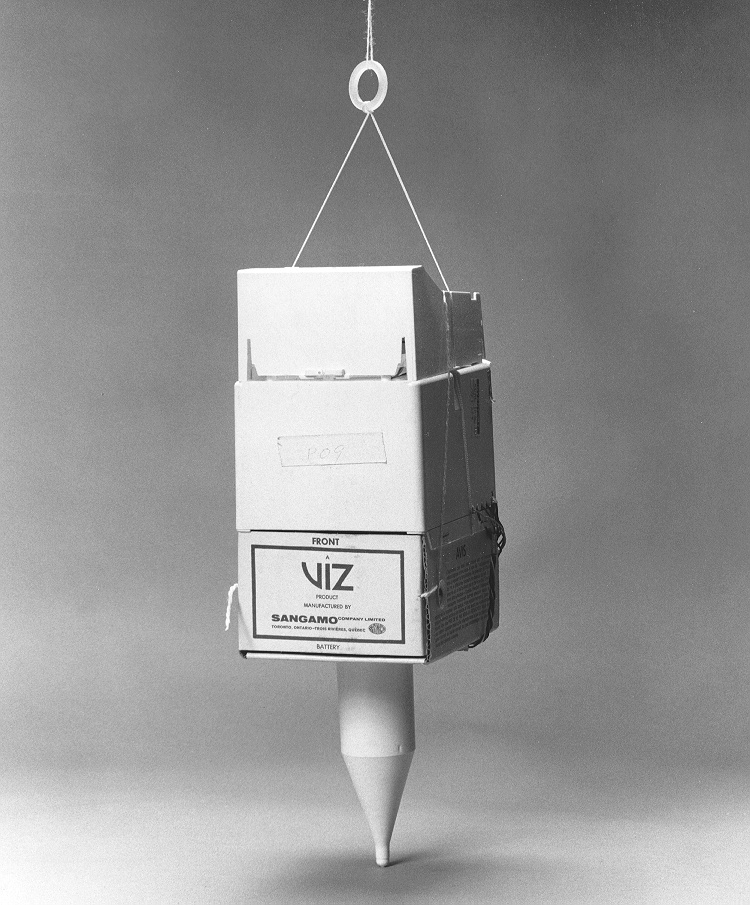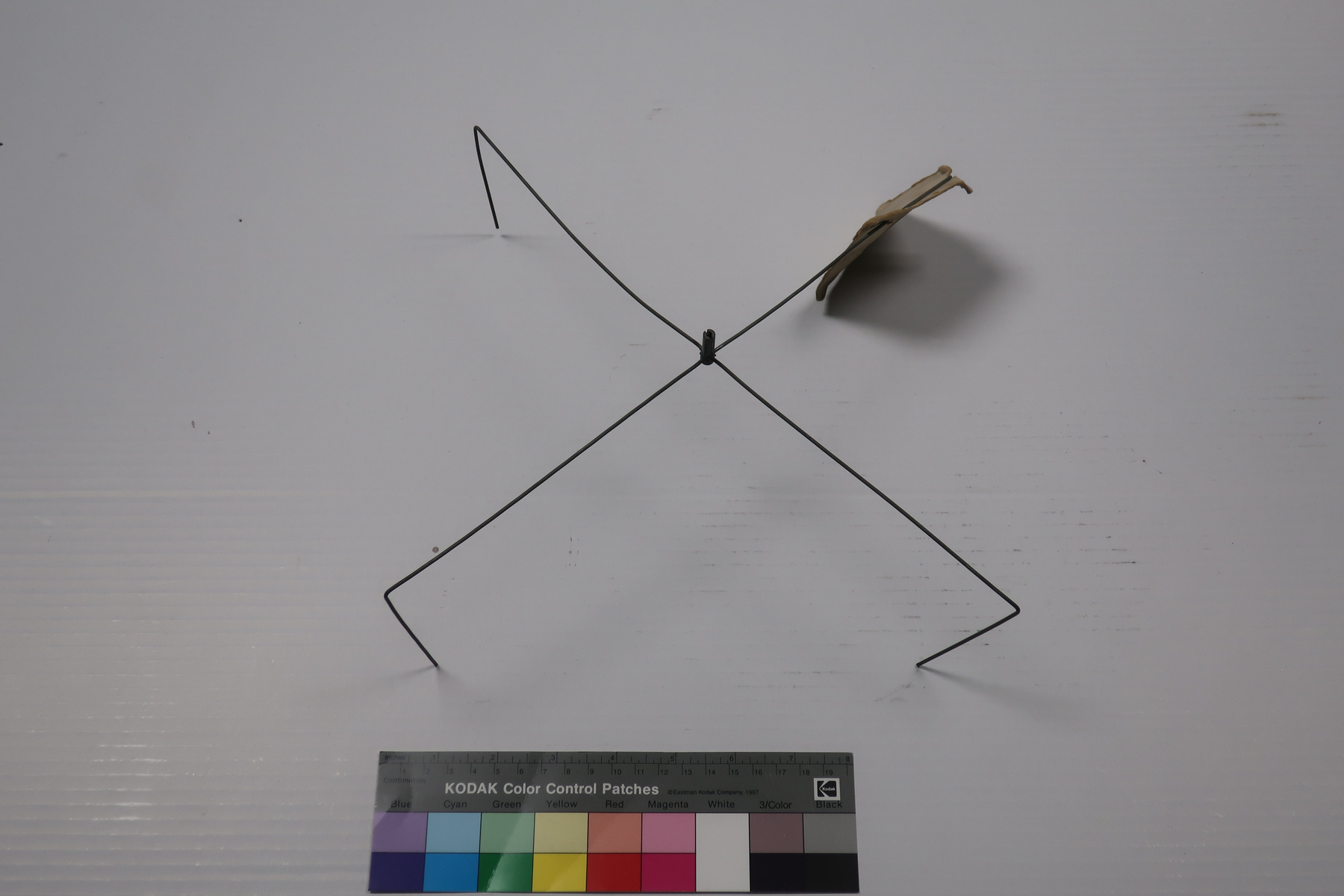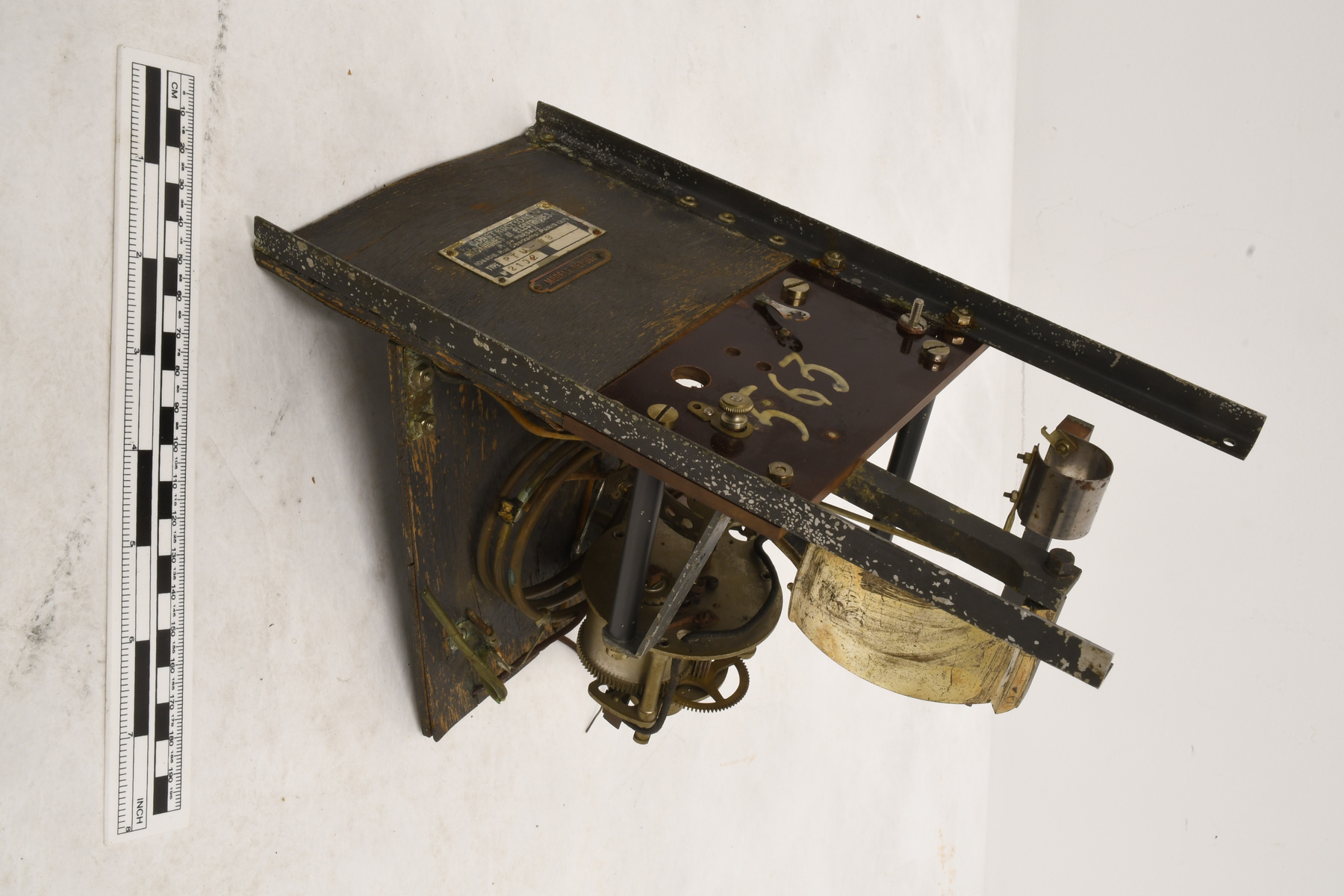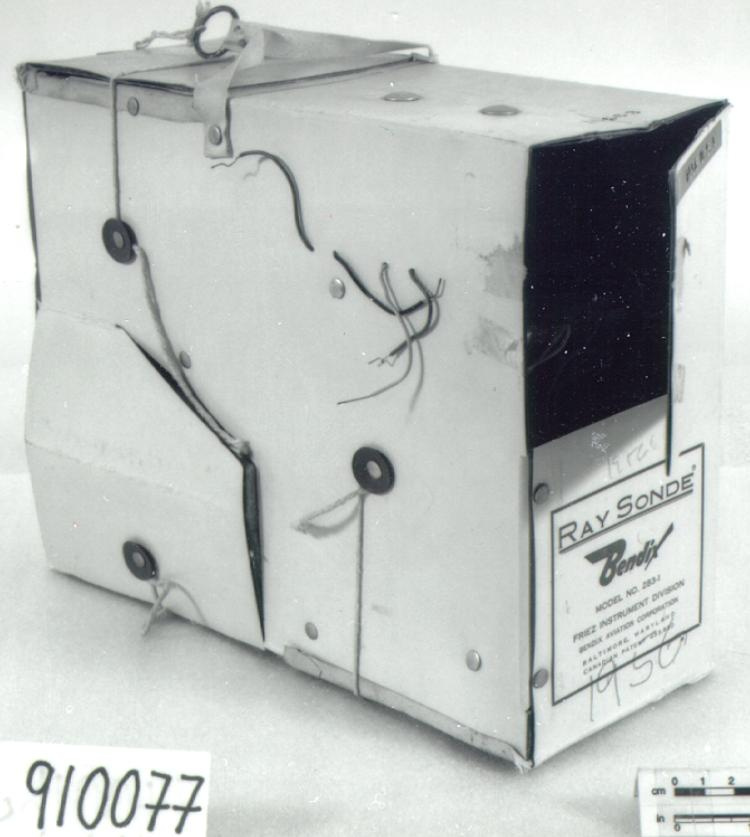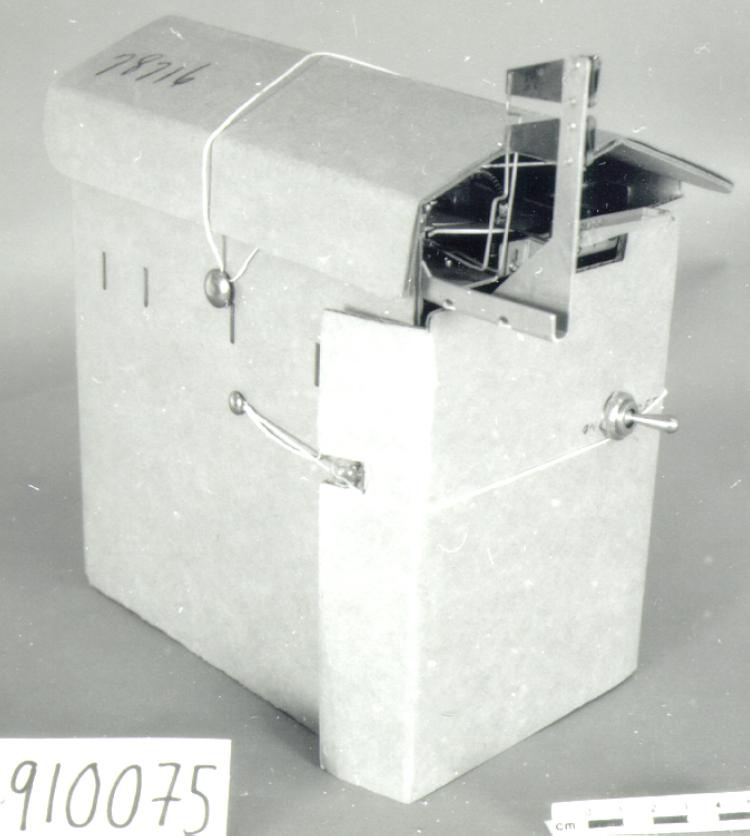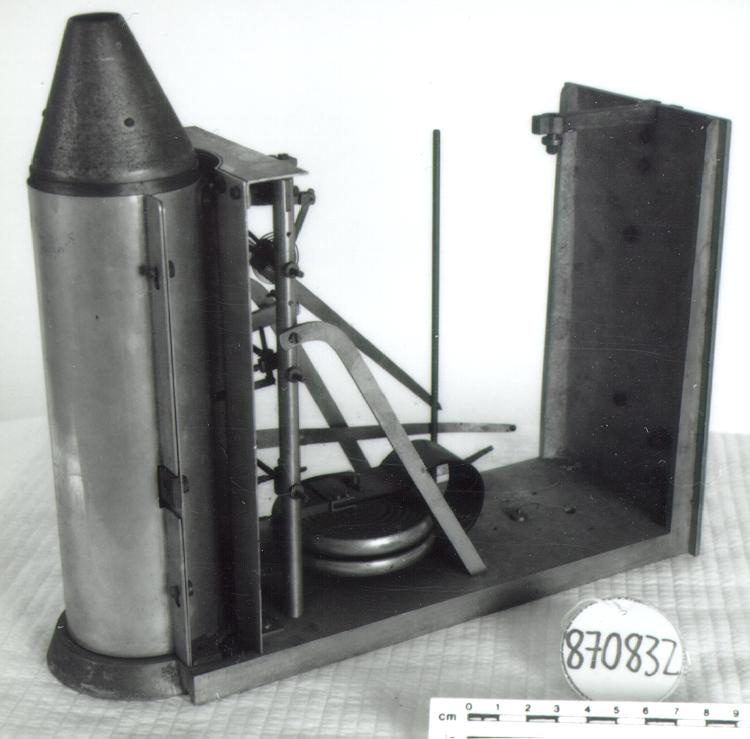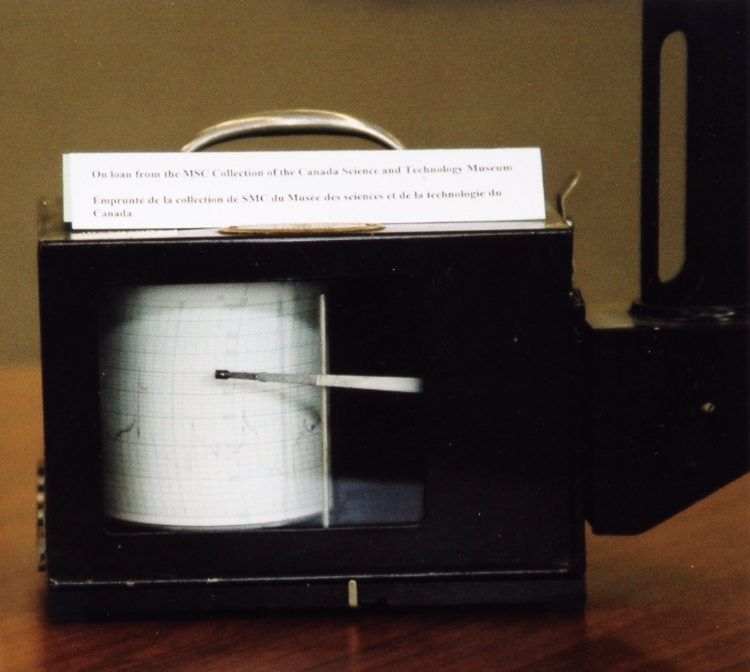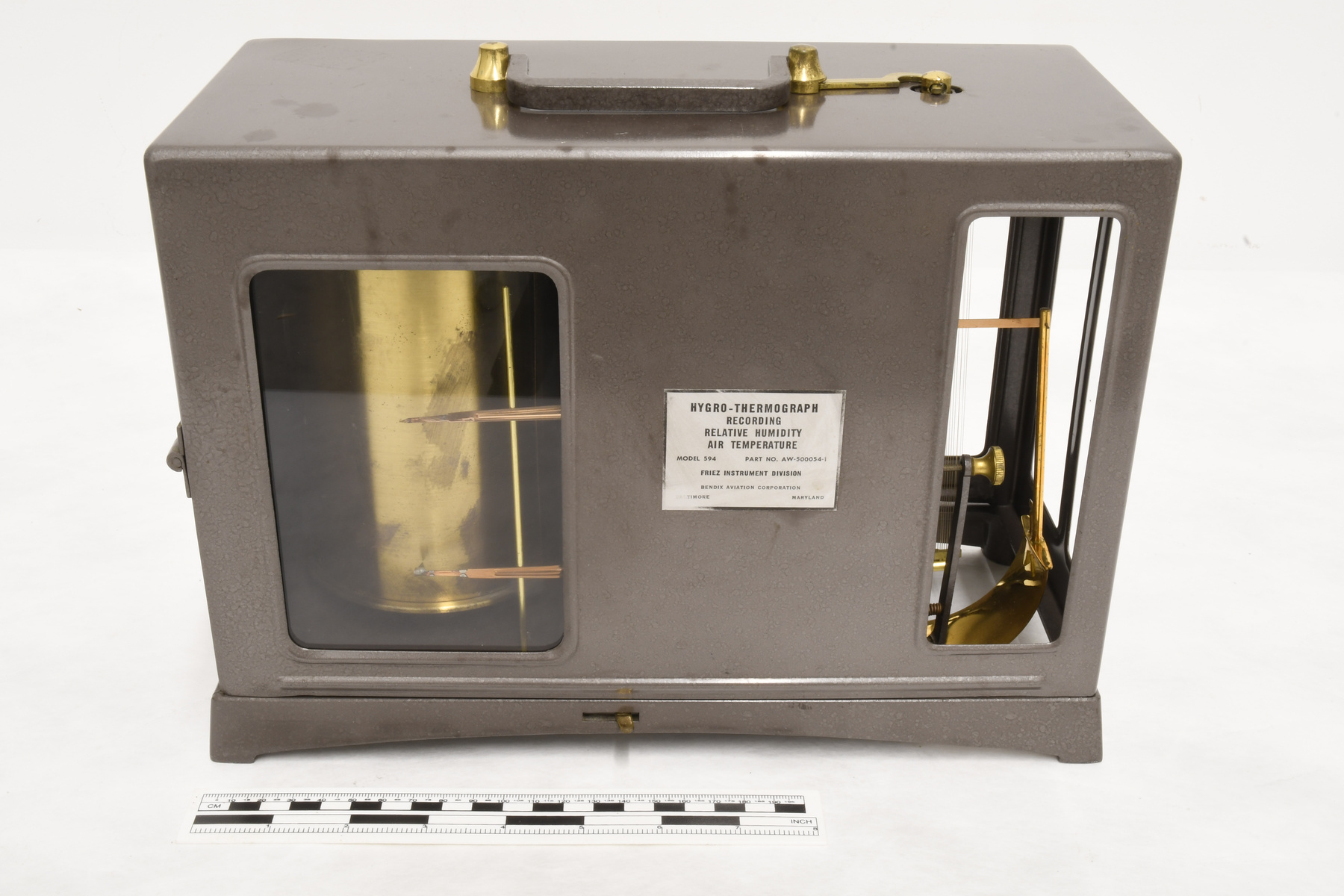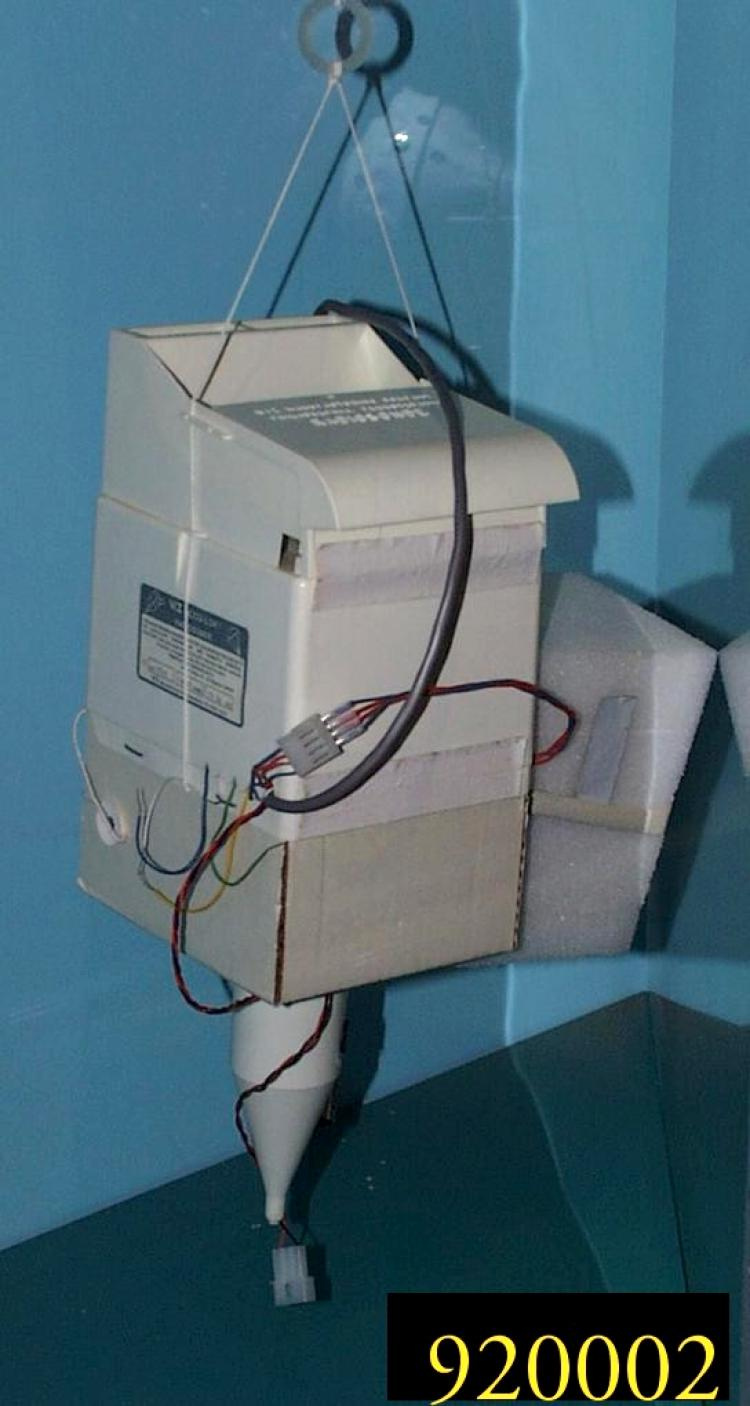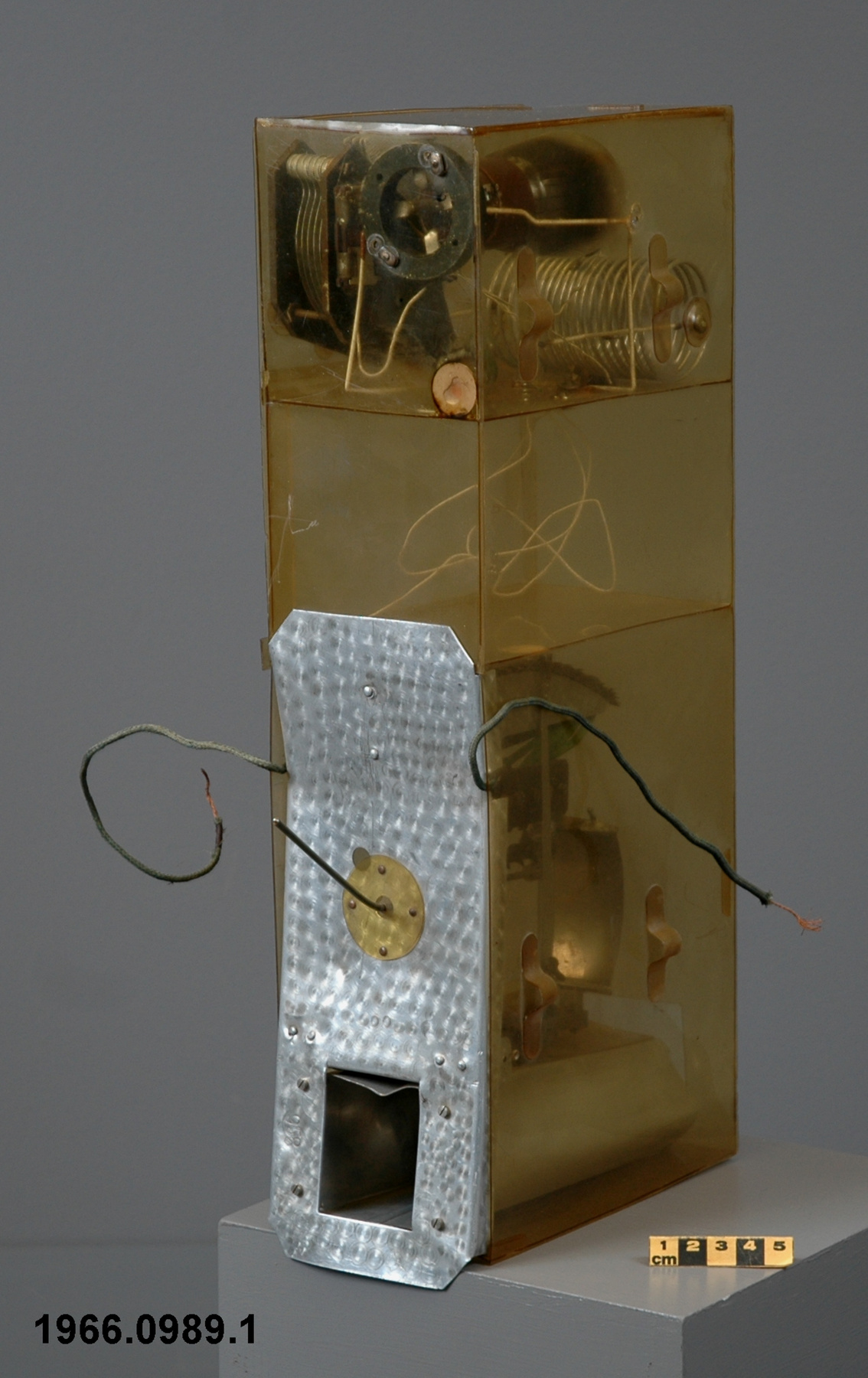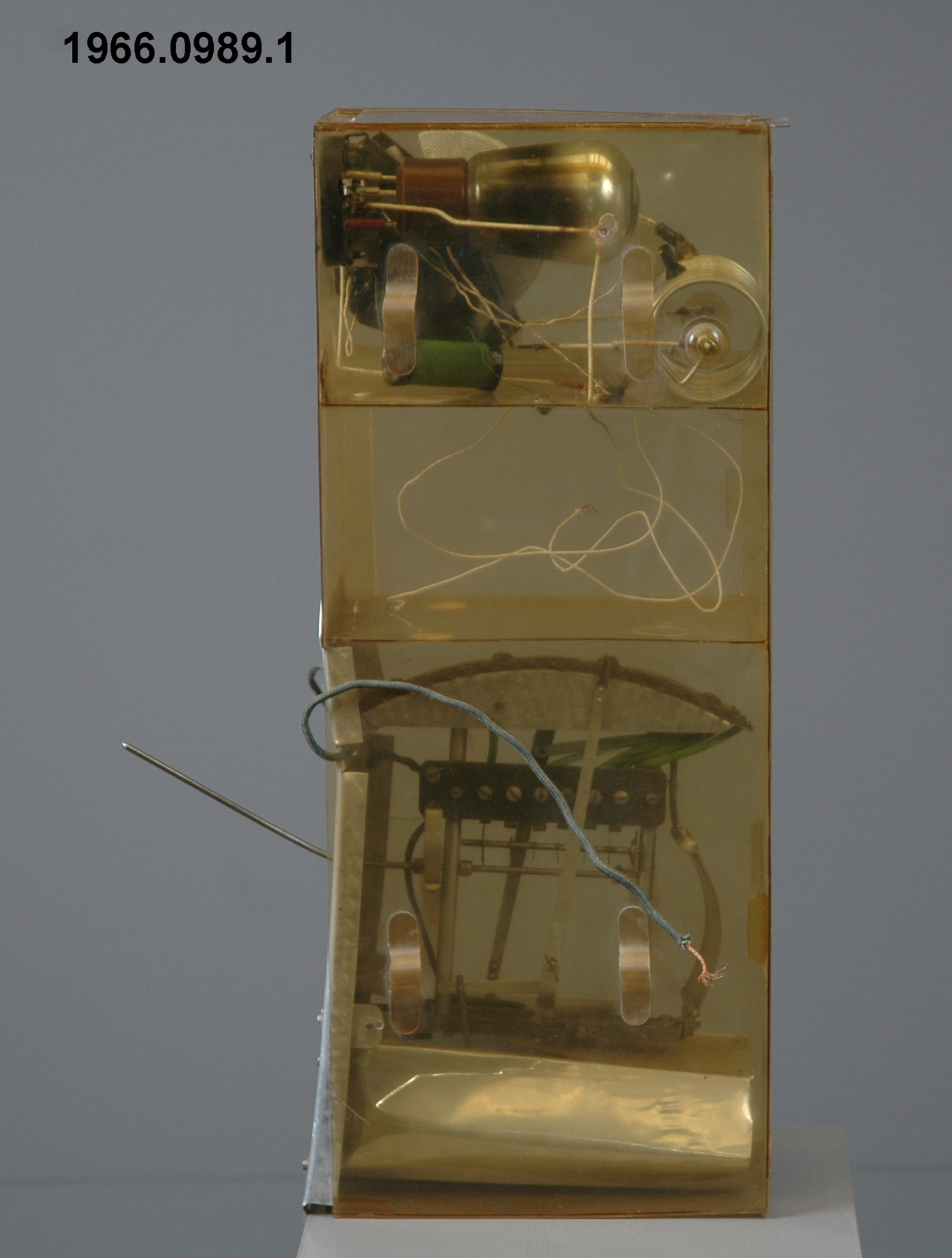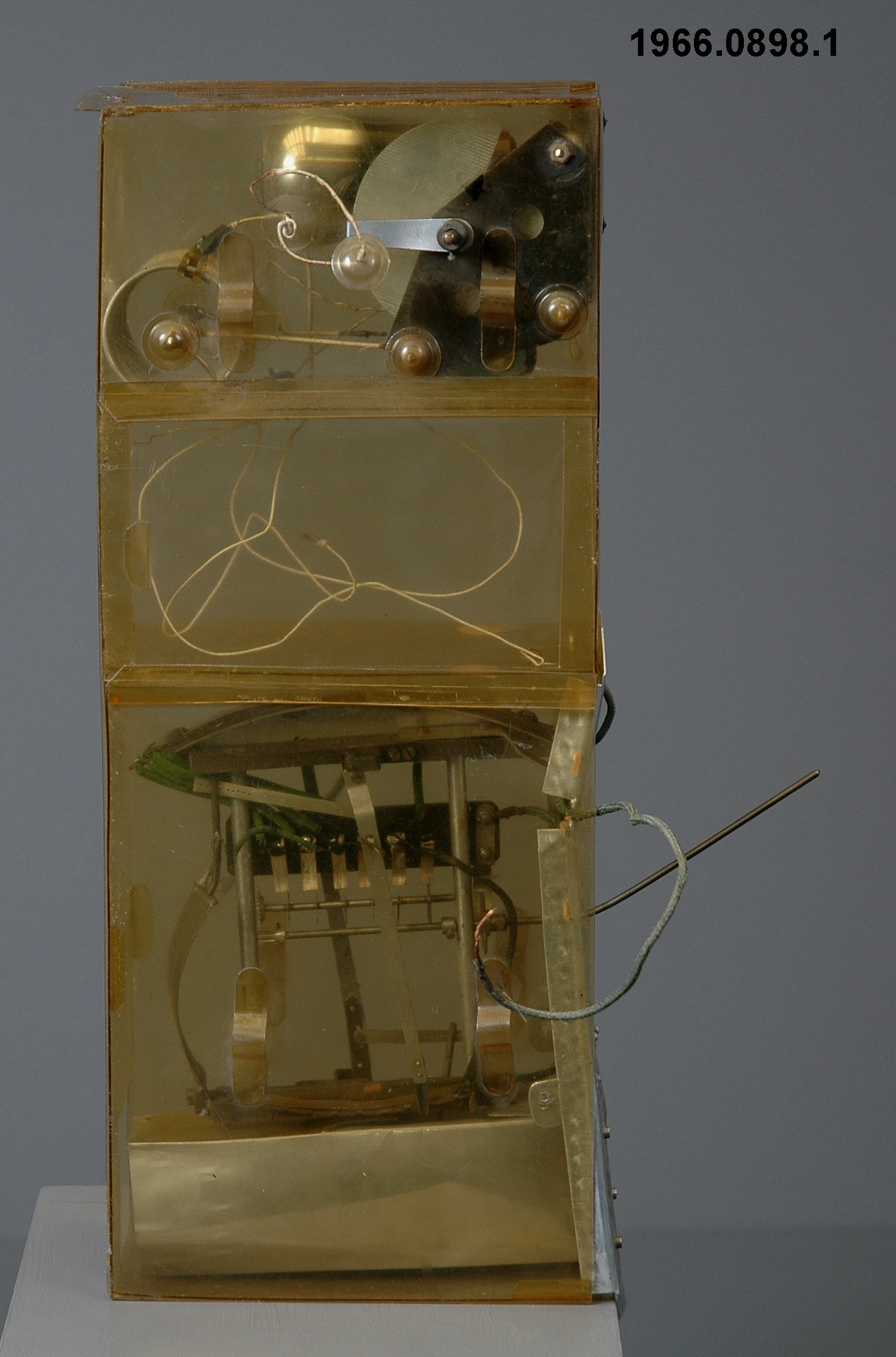Météorographe
Utiliser cette image
Puis-je réutiliser cette image sans autorisation? Oui
Les images sur le portail de la collection d’Ingenium ont la licence Creative Commons suivante :
Copyright Ingenium / CC BY-NC-ND (Attribution-NonCommercial 4.0 International (CC BY-NC 4.0)
ATTRIBUER CETTE IMAGE
Ingenium,
1966.0989.001
Permalien:
Ingenium diffuse cette image sous le cadre de licence Creative Commons et encourage son téléchargement et sa réutilisation à des fins non commerciales. Veuillez mentionner Ingenium et citer le numéro de l’artefact.
TÉLÉCHARGER L’IMAGEACHETER CETTE IMAGE
Cette image peut être utilisée gratuitement pour des fins non commerciales.
Pour un usage commercial, veuillez consulter nos frais de reproduction et communiquer avec nous pour acheter l’image.
- TYPE D’OBJET
- balloon/Moltchanoff
- DATE
- 1932
- NUMÉRO DE L’ARTEFACT
- 1966.0989.001
- FABRICANT
- Inconnu
- MODÈLE
- Inconnu
- EMPLACEMENT
- Inconnu
Plus d’information
Renseignements généraux
- Nº de série
- S/O
- Nº de partie
- 1
- Nombre total de parties
- 1
- Ou
- S/O
- Brevets
- S/O
- Description générale
- plastic casing/ metal instrument chassis and casing part/ metal and synthetic mechanism/ glass, metal & synthetic vacuum tube/ fibre wire covering
Dimensions
Remarque : Cette information reflète la taille générale pour l’entreposage et ne représente pas nécessairement les véritables dimensions de l’objet.
- Longueur
- 11,5 cm
- Largeur
- 23,5 cm
- Hauteur
- 40,0 cm
- Épaisseur
- S/O
- Poids
- S/O
- Diamètre
- S/O
- Volume
- S/O
Lexique
- Groupe
- Météorologie
- Catégorie
- Mesure de pression, température et humidité de la haute atmosphère
- Sous-catégorie
- S/O
Fabricant
- Ou
- Inconnu
- Pays
- Inconnu
- État/province
- Inconnu
- Ville
- Inconnu
Contexte
- Pays
- Canada
- État/province
- Territoires du Nord-Ouest
- Période
- 1932-1933 International Polar Year
- Canada
-
An instrument of a type used at one of Canada's four International Polar Year stations, identical to 1991.0071. The latter came with an attached label reading "An early Canadian Radiosonde or Flashing Light Meteorograph. Instruments of this type were used during the Polar expedition of 1932-1933." A tag attached to 1991.0071 is stamped "Coppermine/ Polar-Year Stn" & signed "R.C. Jacobson/ Coppermine/ 12 July 33". The instrument 1966.0989 pt is likely also an example of the type of meteorograph used during the 1932-1933 International Polar Year at the Canadian stations The International Polar Year was organized by an International Meteorological Conference of Directors in 1929 to commemorate the 50th anniversary of the Polar Year of 1882-83. The objective was to establish as many stations as possible in Polar Regions where intensive observations of meteorological, magnetic, auroral, and other phenomena could be undertaken from August 1, 1932 to August 31, 1933. Canada's four stations were at Coppermine and Chesterfield Inlet in the North West Territories, Cape's Hope Advance in northern Quebec and Meanook, Alberta. Coppermine was the principal meteorological station. Upper atmospheric readings were taken at Coppermine and Chesterfield Inlet using Marvin kite meteorographs on loan from the U.S weather service; the flashing light balloon meteorograph developed by John Patterson, Director of the Canadian Meteorological Service was employed at Coppermine also. As well as the Marvin and Patterson meteorographs, Moltchanoff coded radiosondes were used at Coppermine. Twelve Moltchanoff and three Duckert radiosondes were given to the Meteorological Service of Canada for these expeditions by the International Polar Commission, having been donated by the Rockefeller Foundation. The Moltchanoff instruments were not generally successful (Ref. 1). - Fonction
-
A device raised by balloon into the upper atmosphere to read atmospheric pressure and temperature. These readings were expressed by flashing lights attached to the balloon, which could be seen by observers on the ground. - Technique
-
Quoted from Ken Devine: "Moltchanoff radiosonde from Russia. It looks like the one numbered as 910071 and had in the public display. My picture of the radiosonde in the display is attached as IMG0119. This unit used a curved Bourdon tube pressure sensor located in the square metal tube at one end along with the temperature sensor (circular bimetal) and the hair hygrometer. The Moltchanoff radiosonde can be identified by the large curved "comb" which supplies the Morse code output for the transmitter. There is another Moltchanoff radiosonde in your collection namely 870821which has an aneroid as the pressure sensor. Twelve of these radiosondes were supplied to MSC for the Second Polar Year, 1932-33 but which of these two (910071 or 870821) belongs to that group? I suspect that it is the one with the bourdon tube pressure sensor (910071) and the one with aneroid (870821) is a later version but I have no proof. All of the documentation I have only shows the Bourdon tube pressure sensor. See Catalogue of Meteorological Instruments, Middleton, 1969. Initially these devices with RF transmitters were called meteorographs but when Bureau came up with the term radiosonde the name was changed. The term meteorograph is usually applied to mechanical devices with multiple sensors. These were used on the ground, on aircraft and on free balloons but they do not have RF transmitters." - Notes sur la région
-
Inconnu
Détails
- Marques
- number '958' stamped into metal of casing
- Manque
- unknown
- Fini
- transparent yellowed synthetic casing/ hammered metal casing part/ brown synthetic and metallic parts/ grey, green and white wire covering
- Décoration
- S/O
FAIRE RÉFÉRENCE À CET OBJET
Si vous souhaitez publier de l’information sur cet objet de collection, veuillez indiquer ce qui suit :
Fabricant inconnu, Météorographe, vers 1932, Numéro de l'artefact 1966.0989, Ingenium - Musées des sciences et de l'innovation du Canada, http://collections.ingeniumcanada.org/fr/id/1966.0989.001/
RÉTROACTION
Envoyer une question ou un commentaire sur cet artefact.
Plus comme ceci
